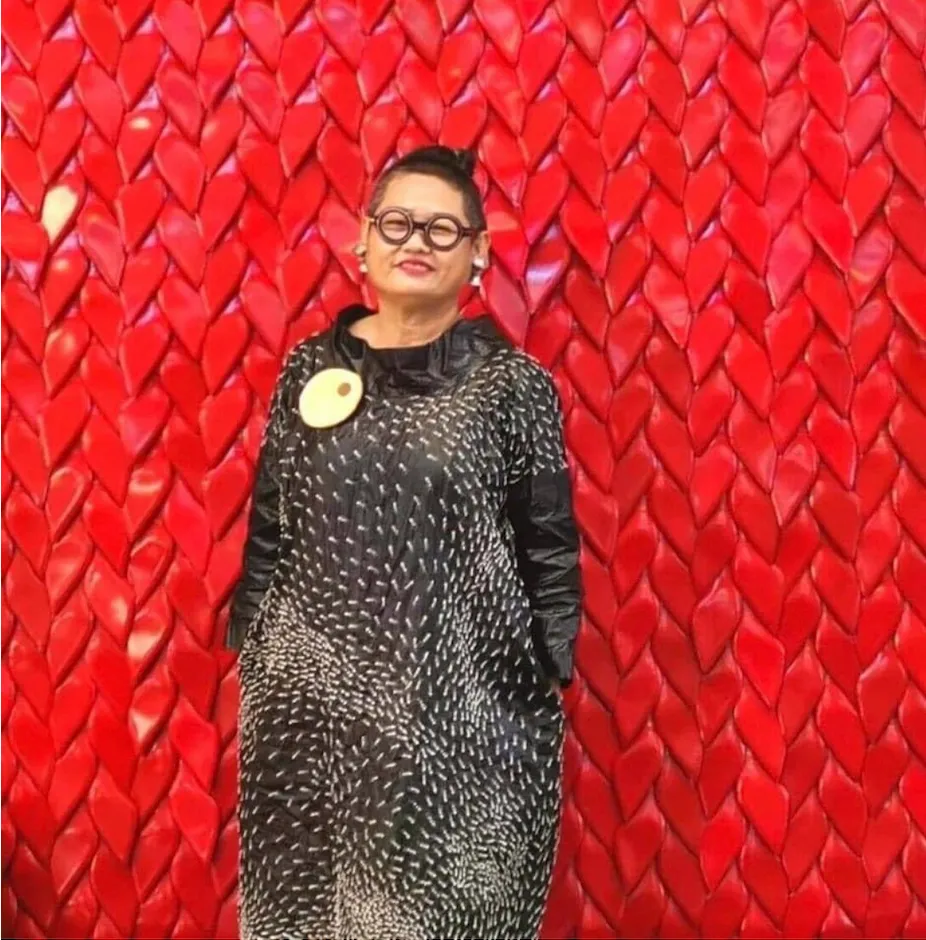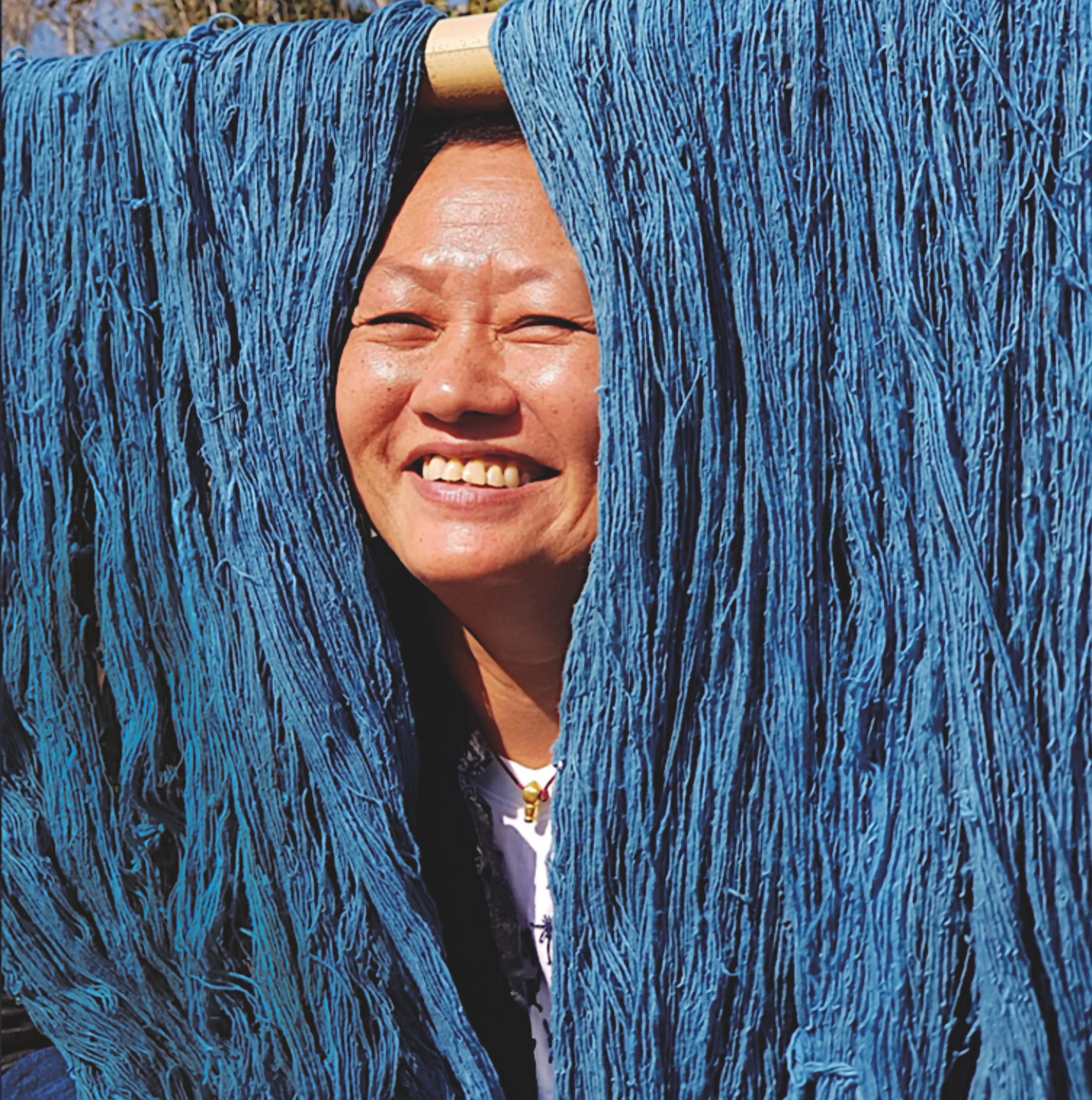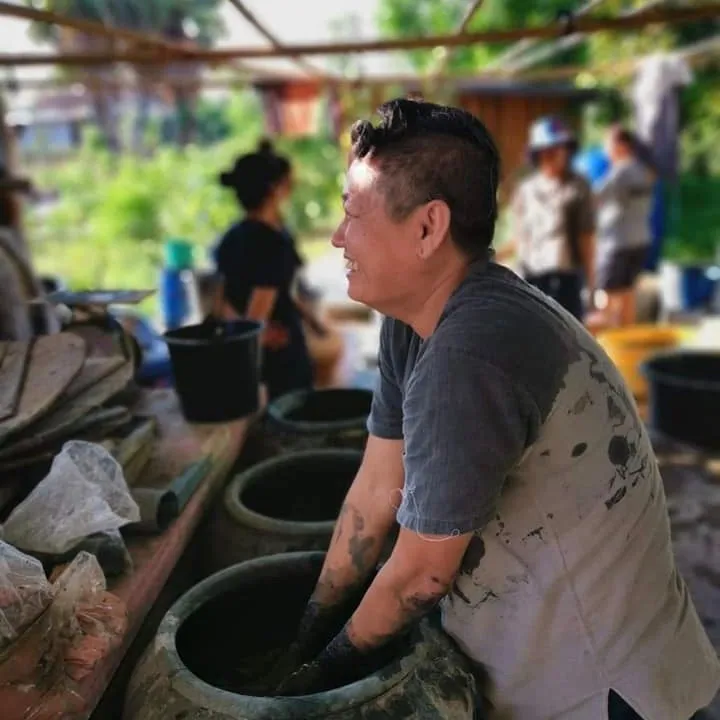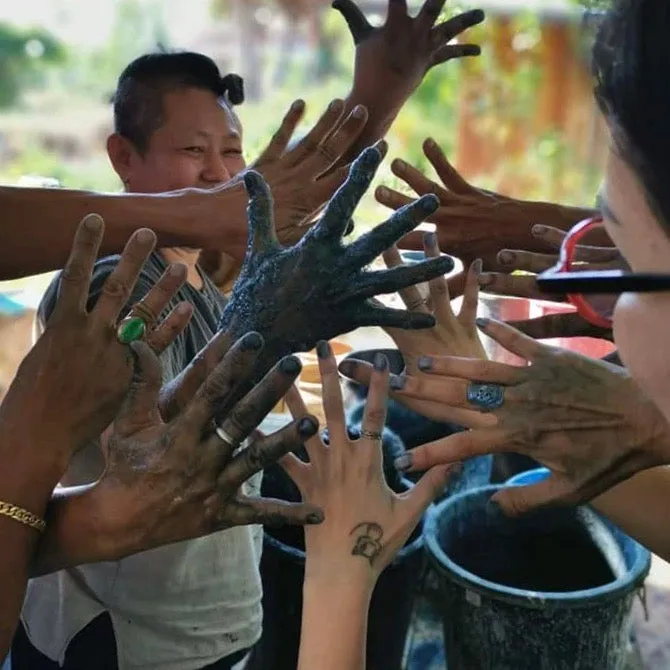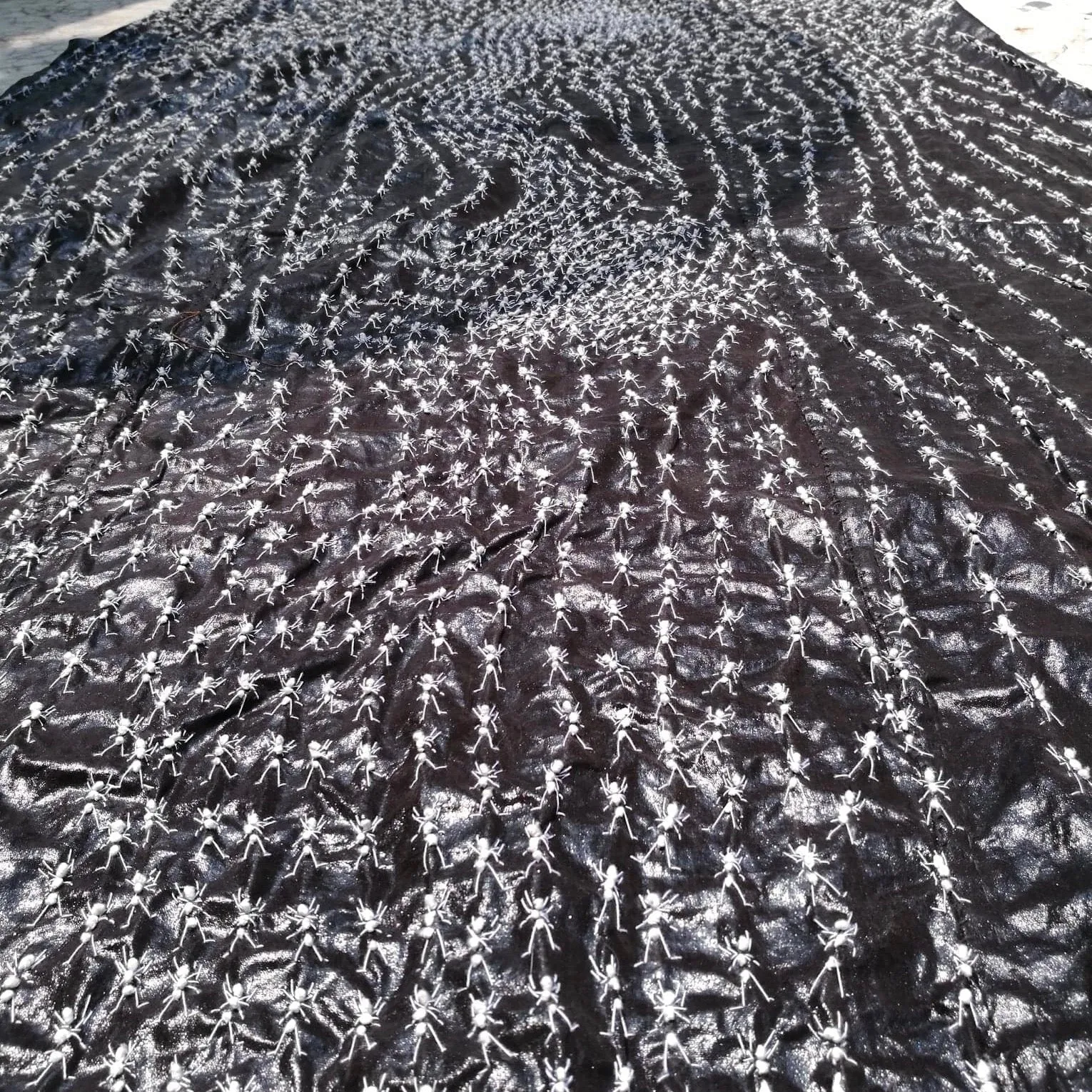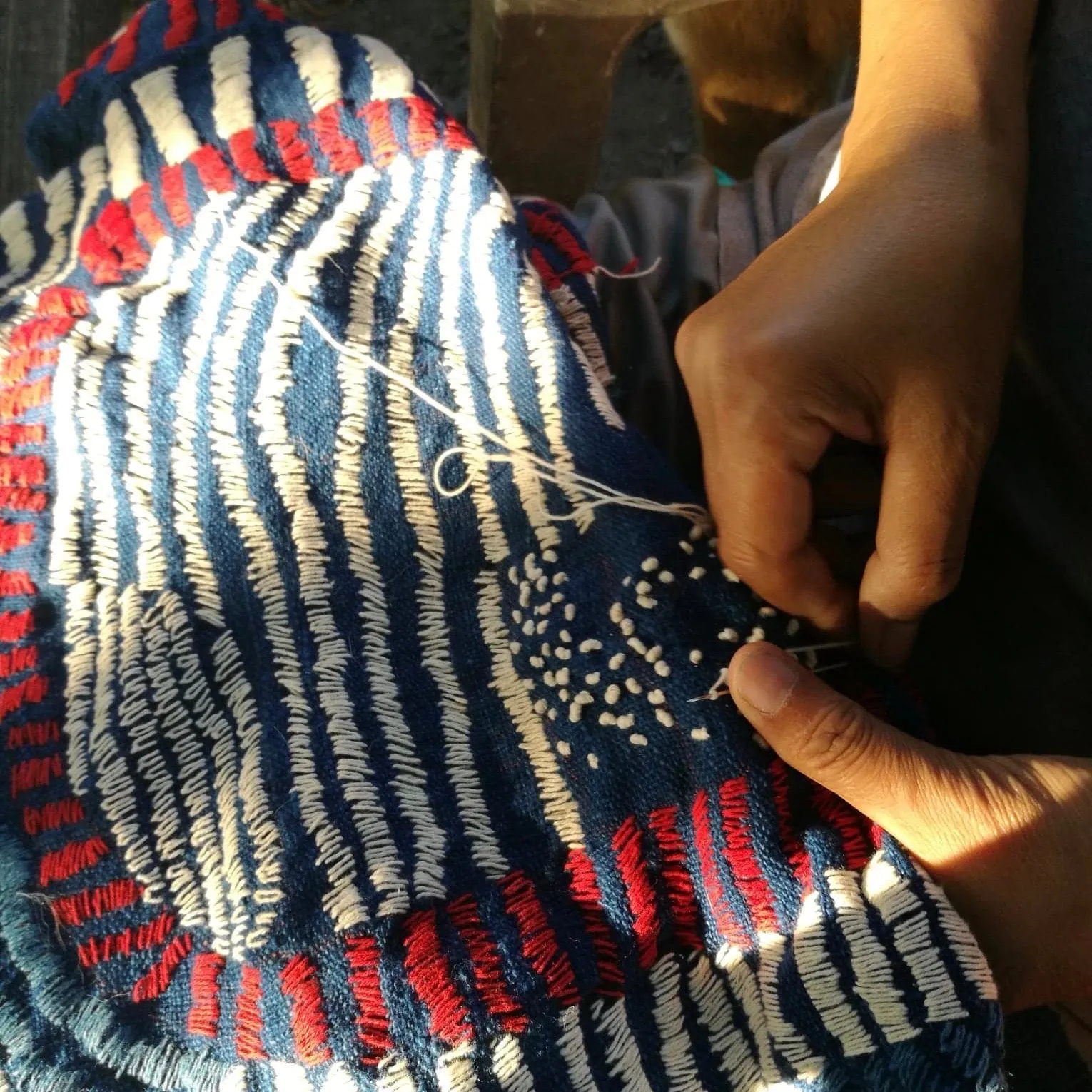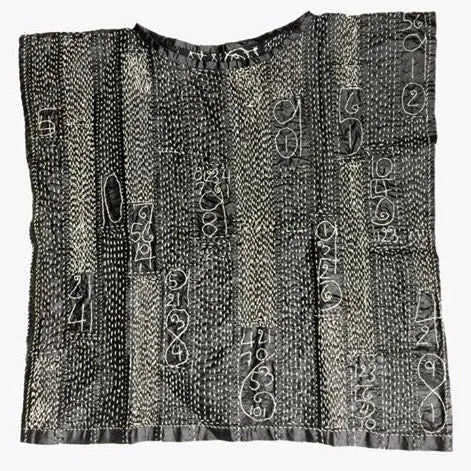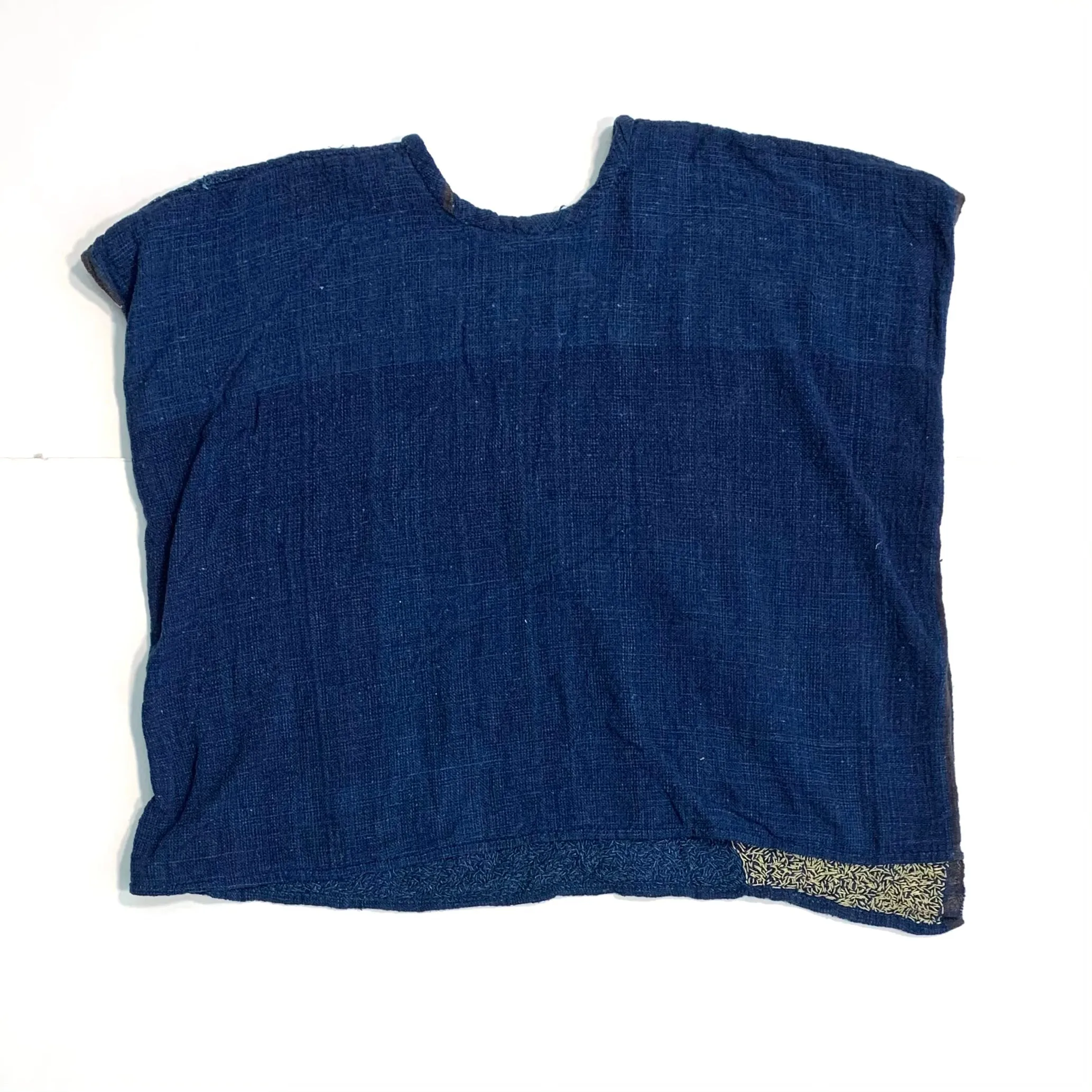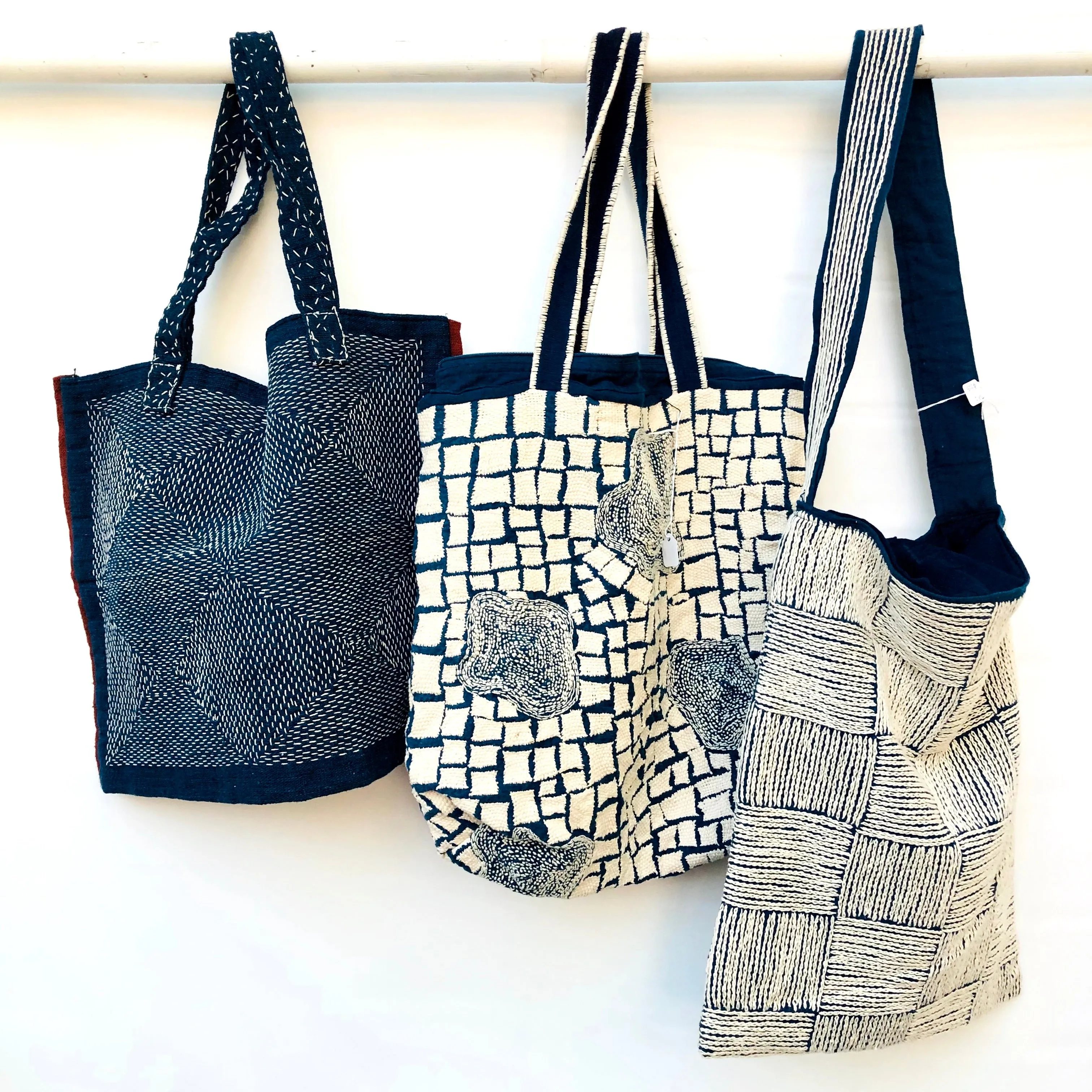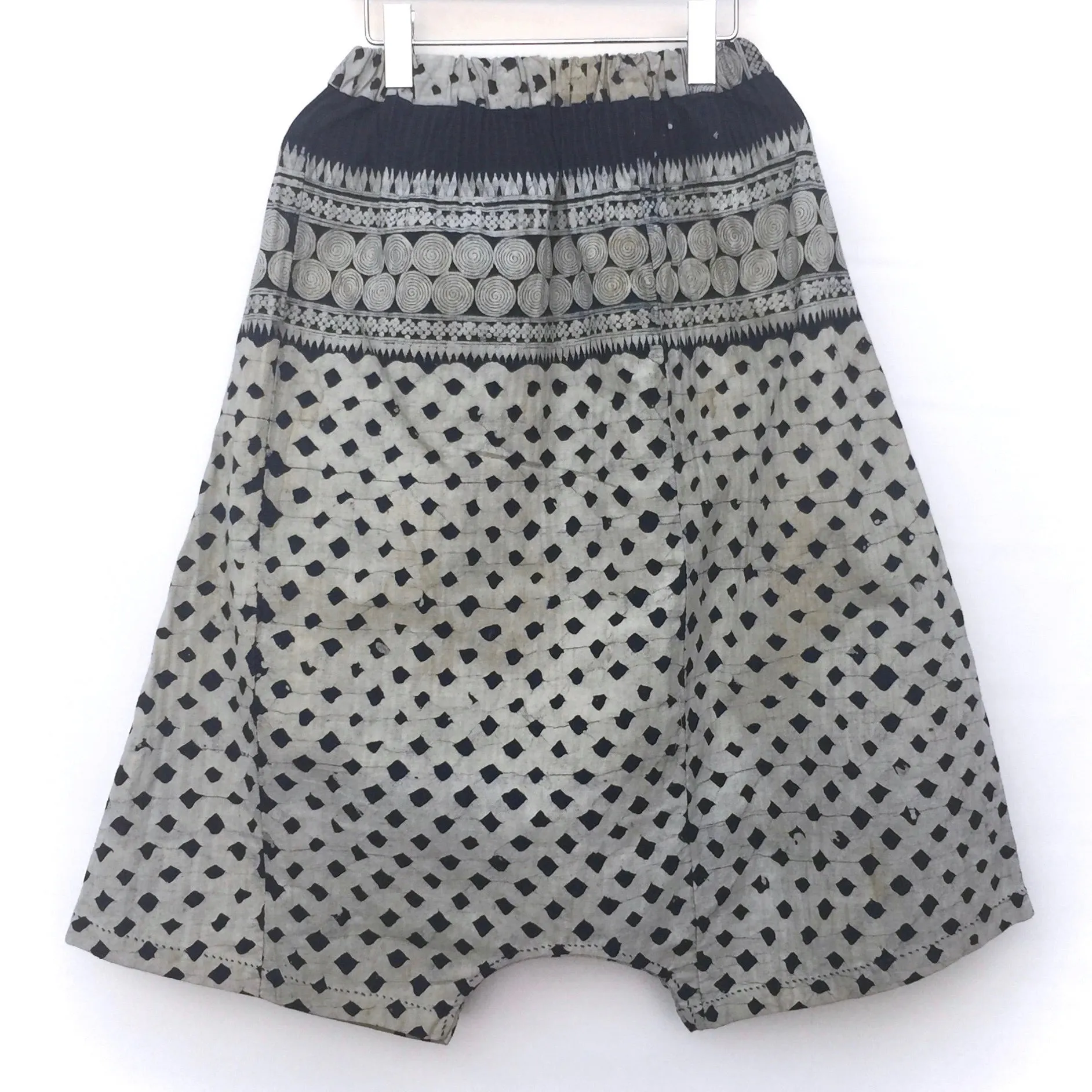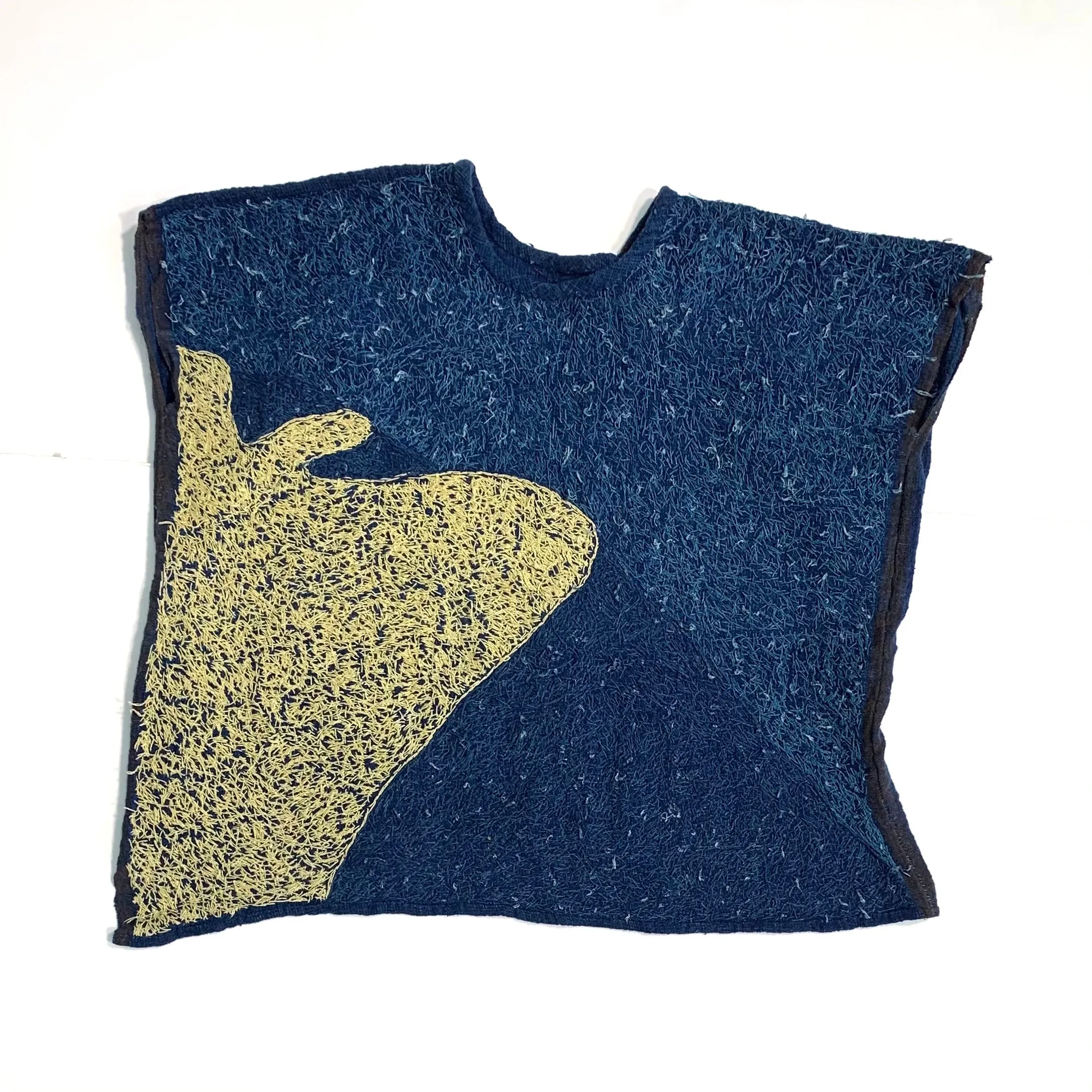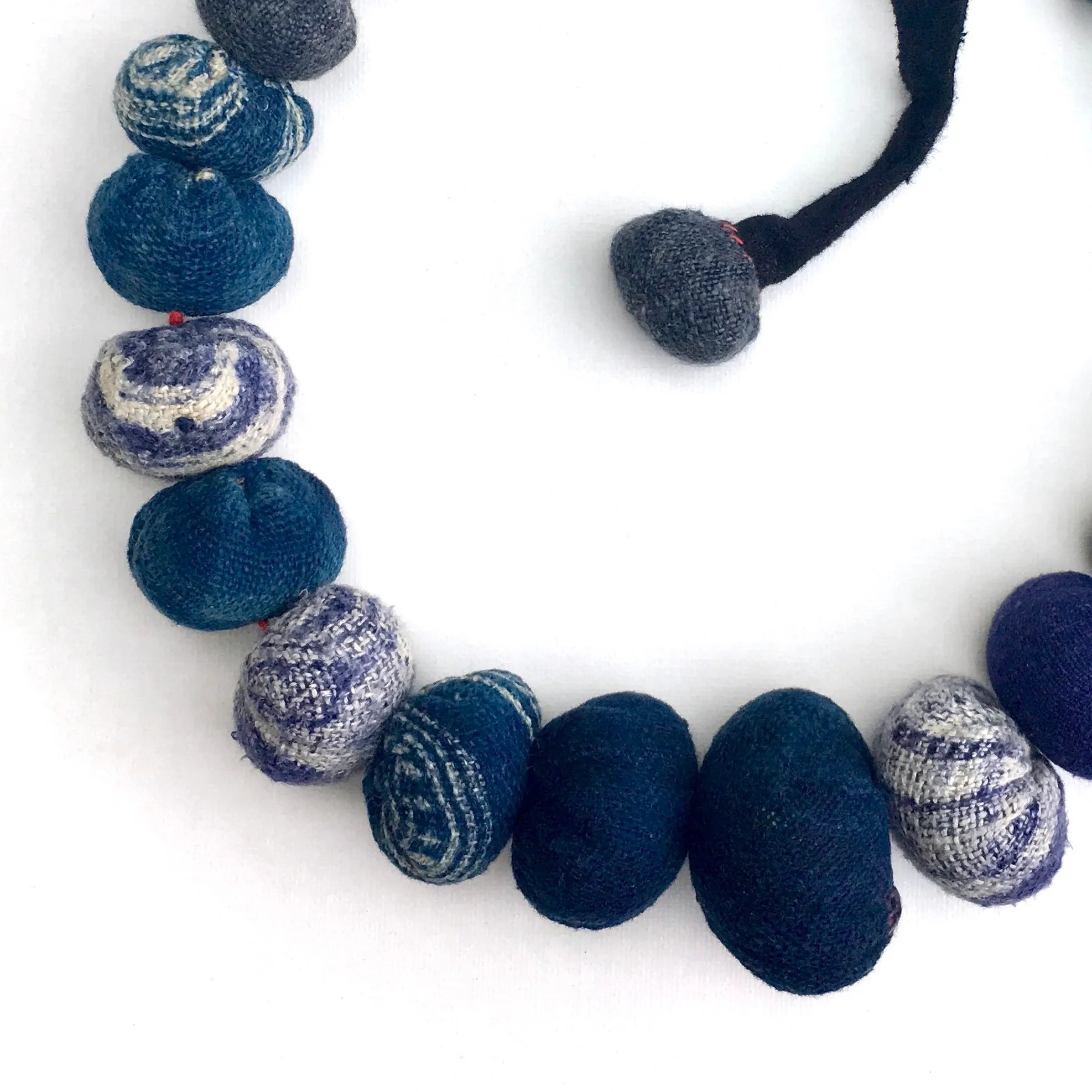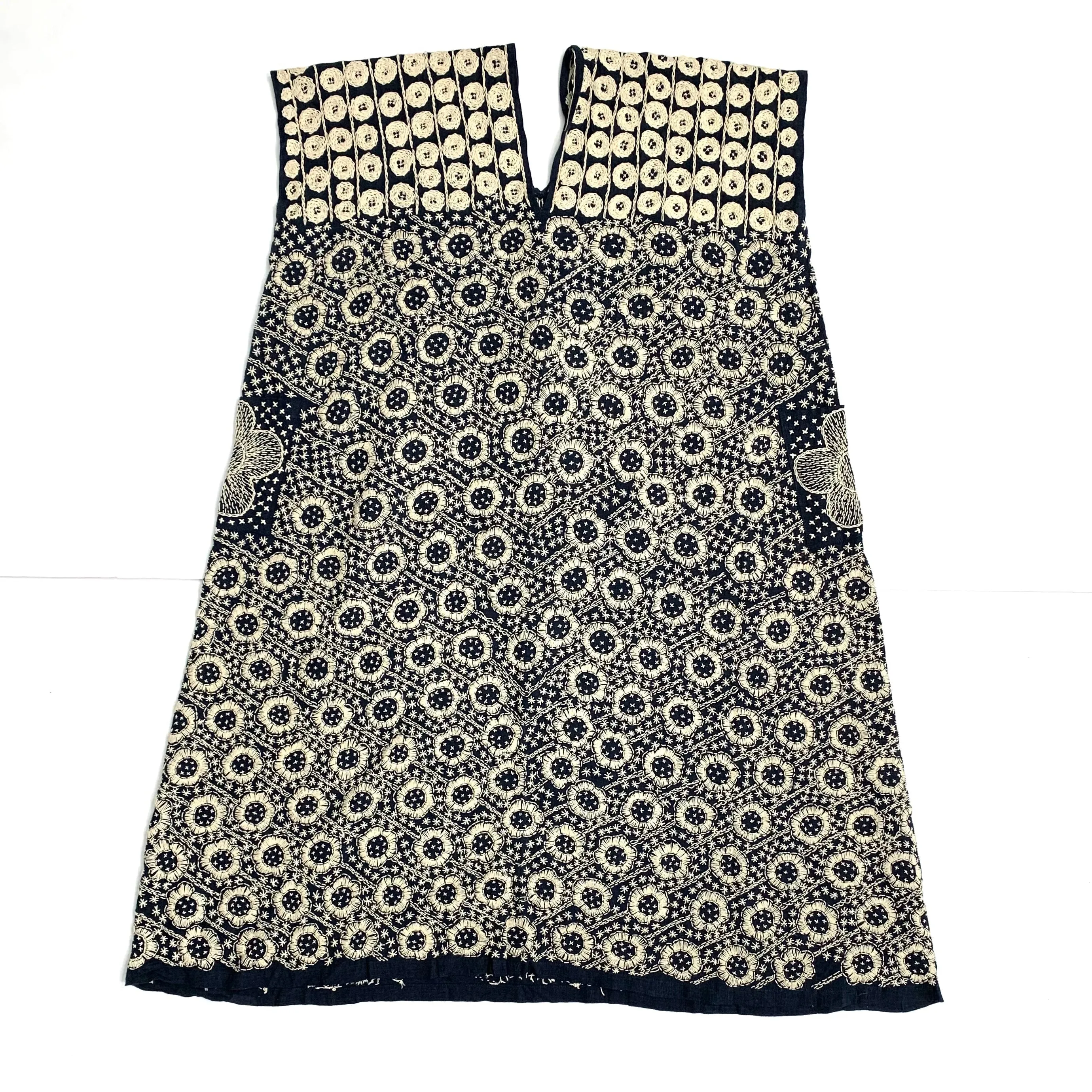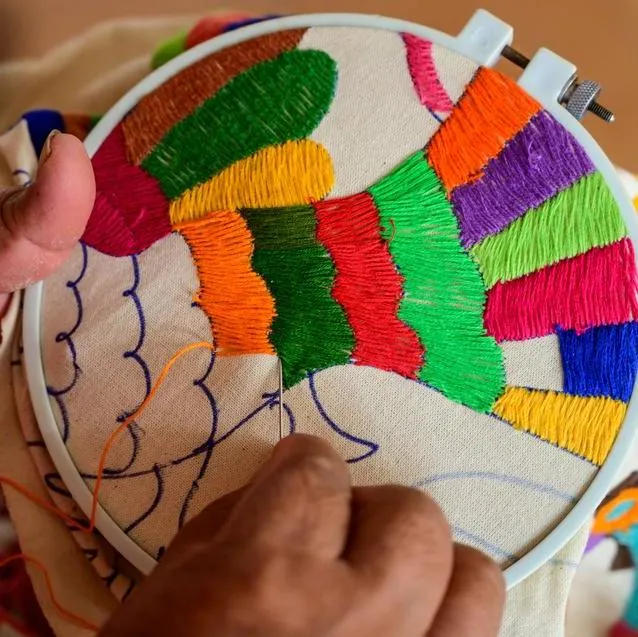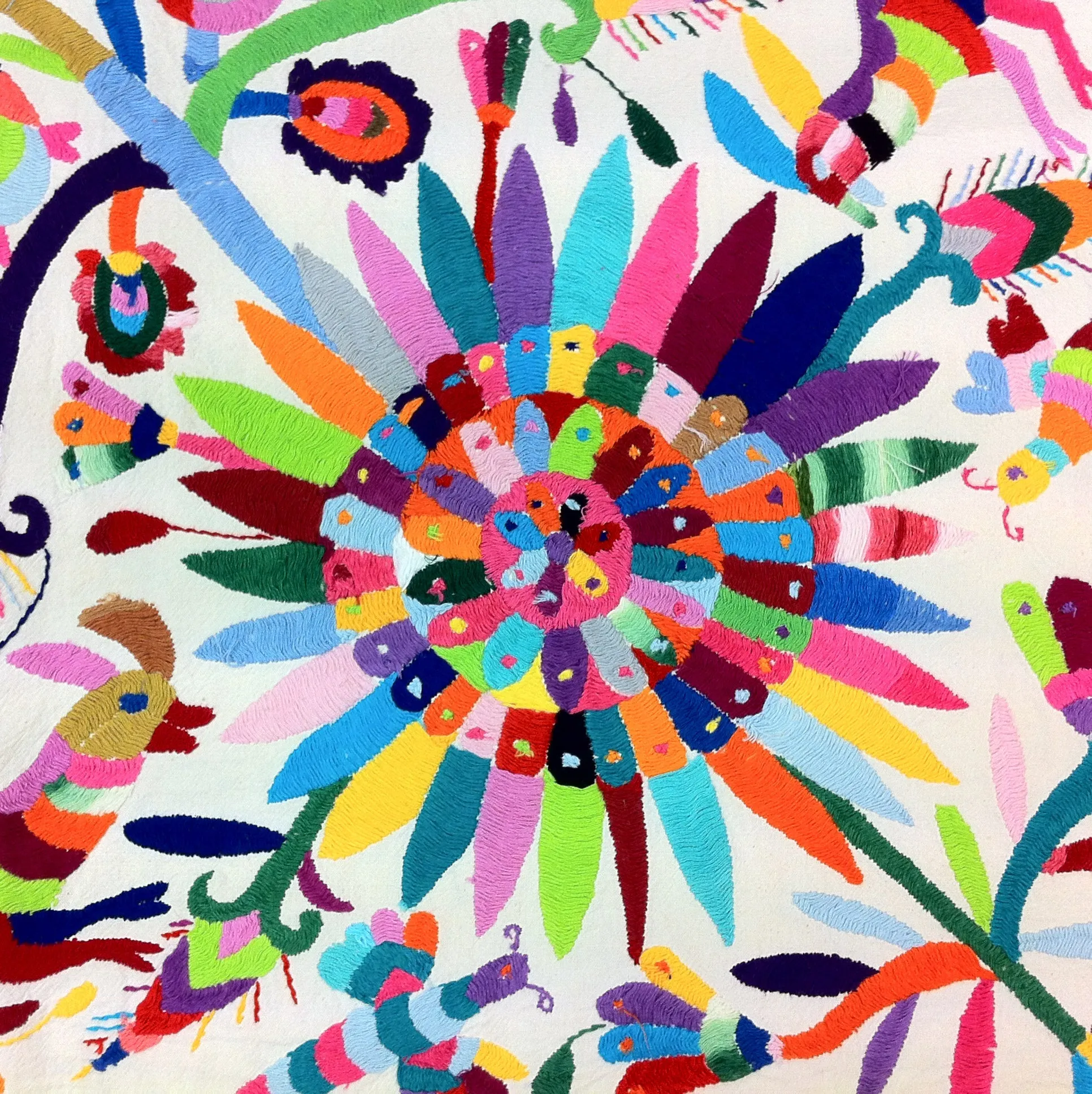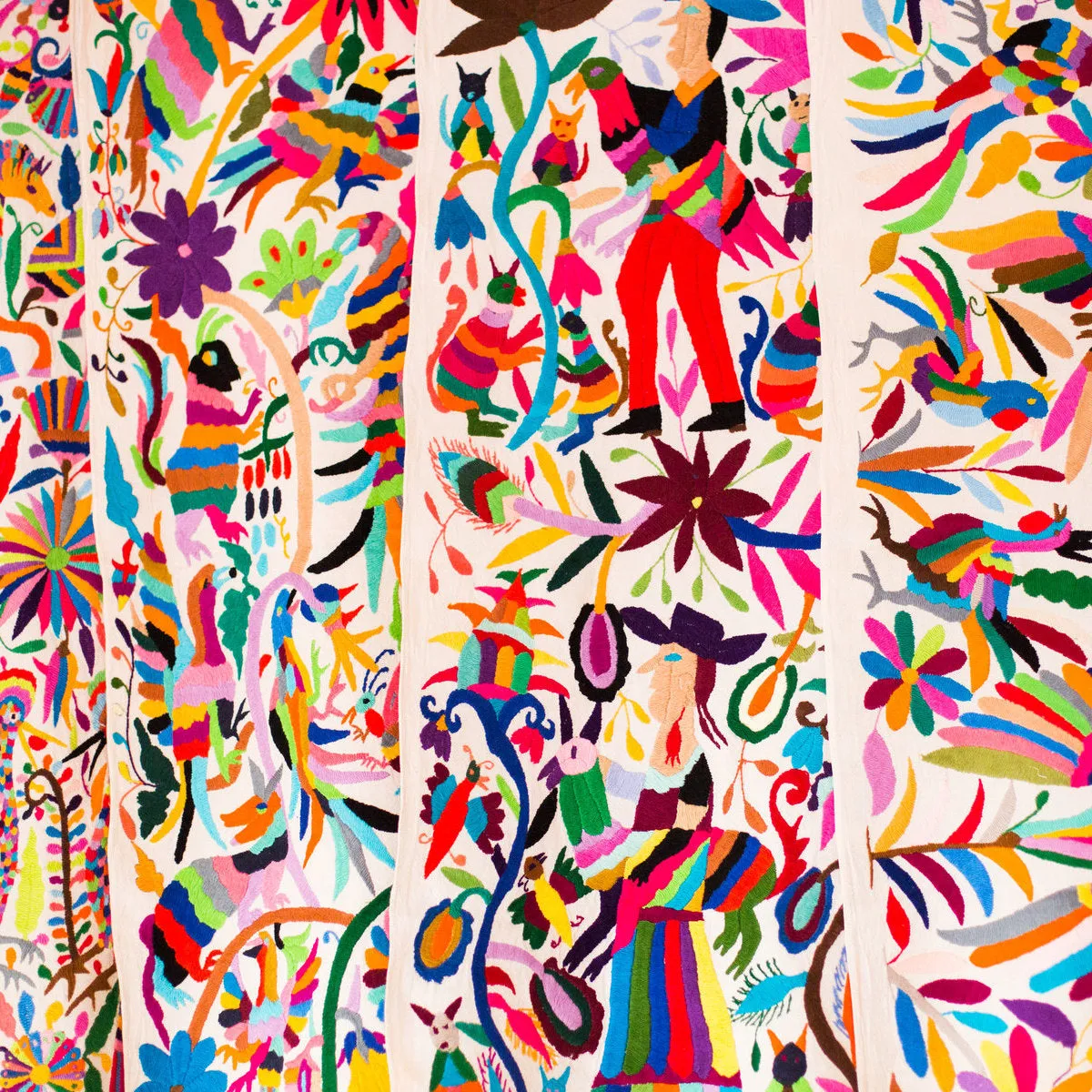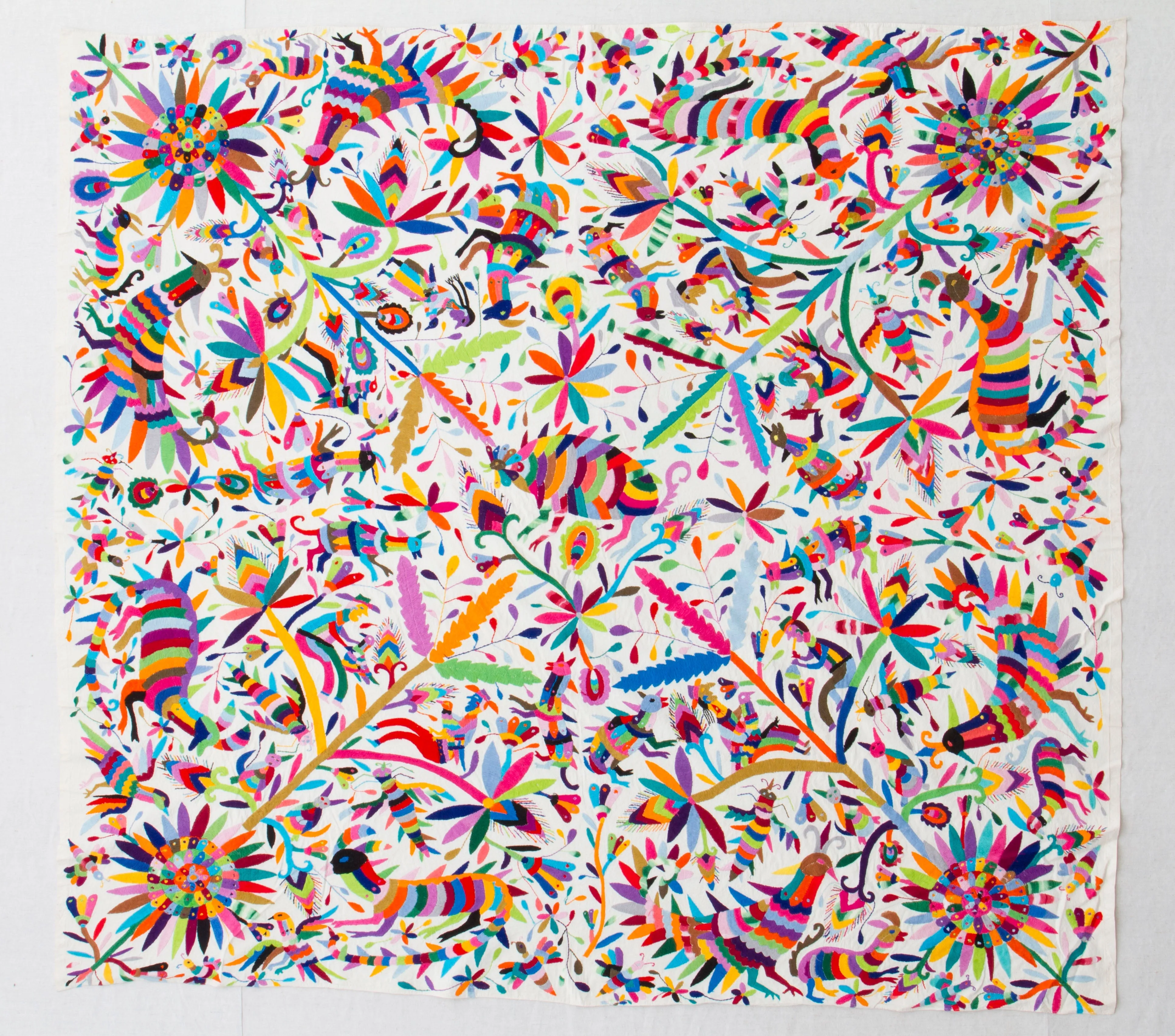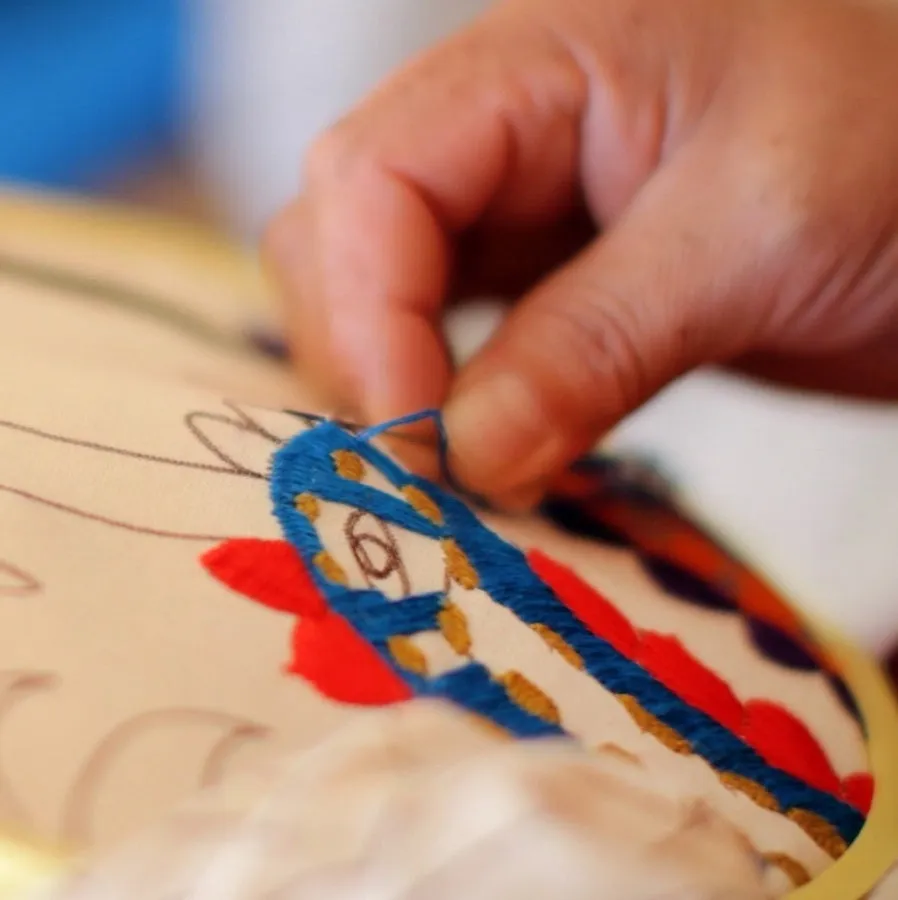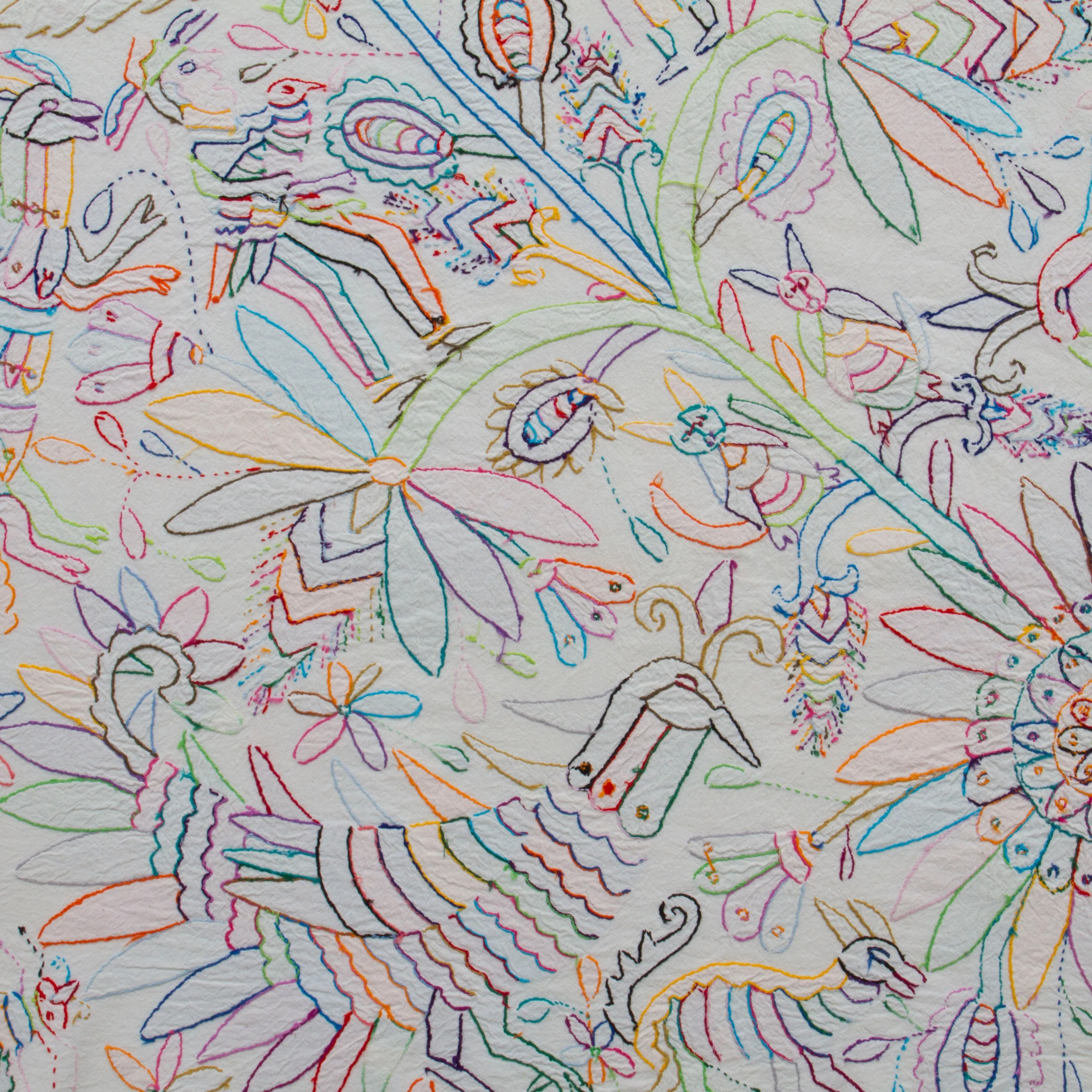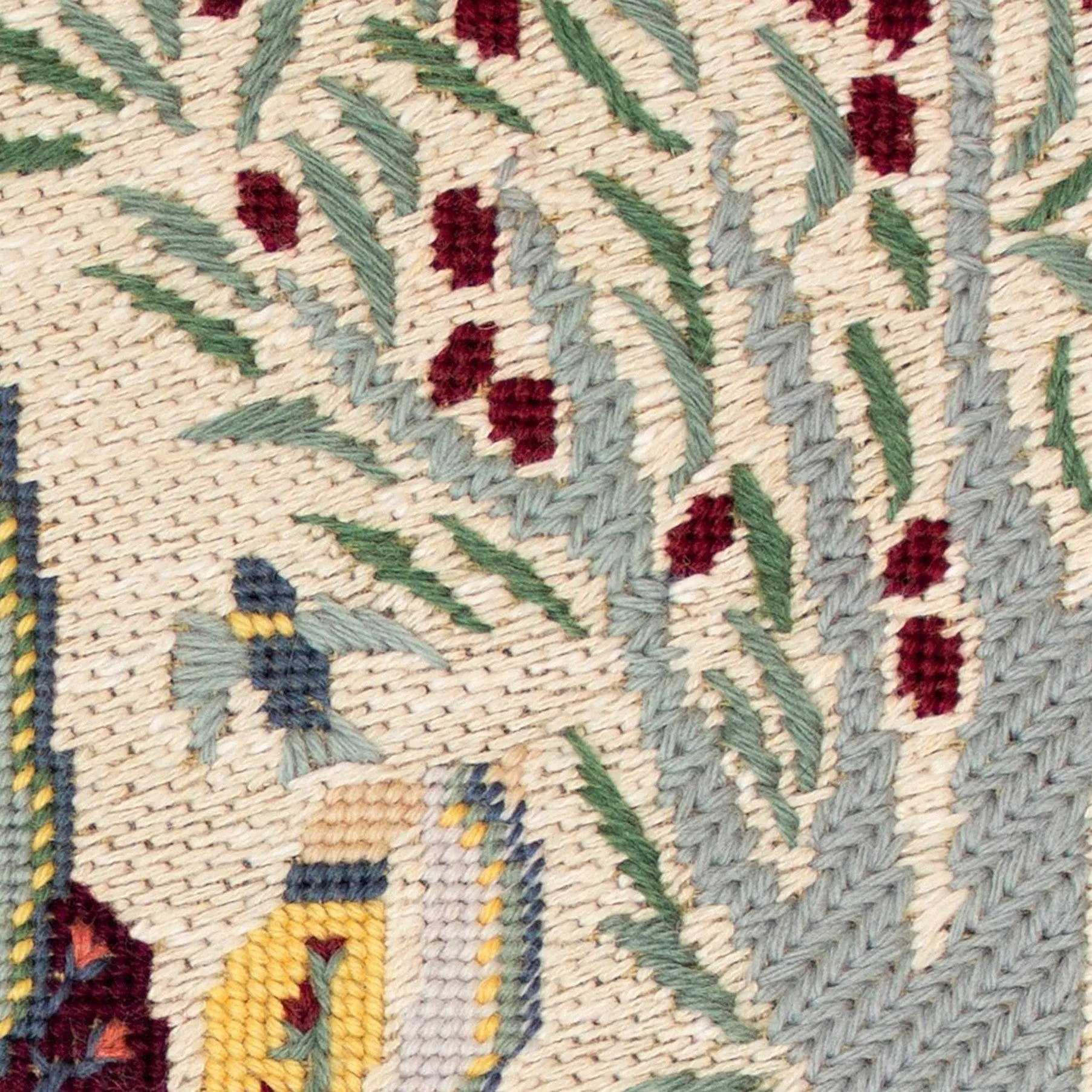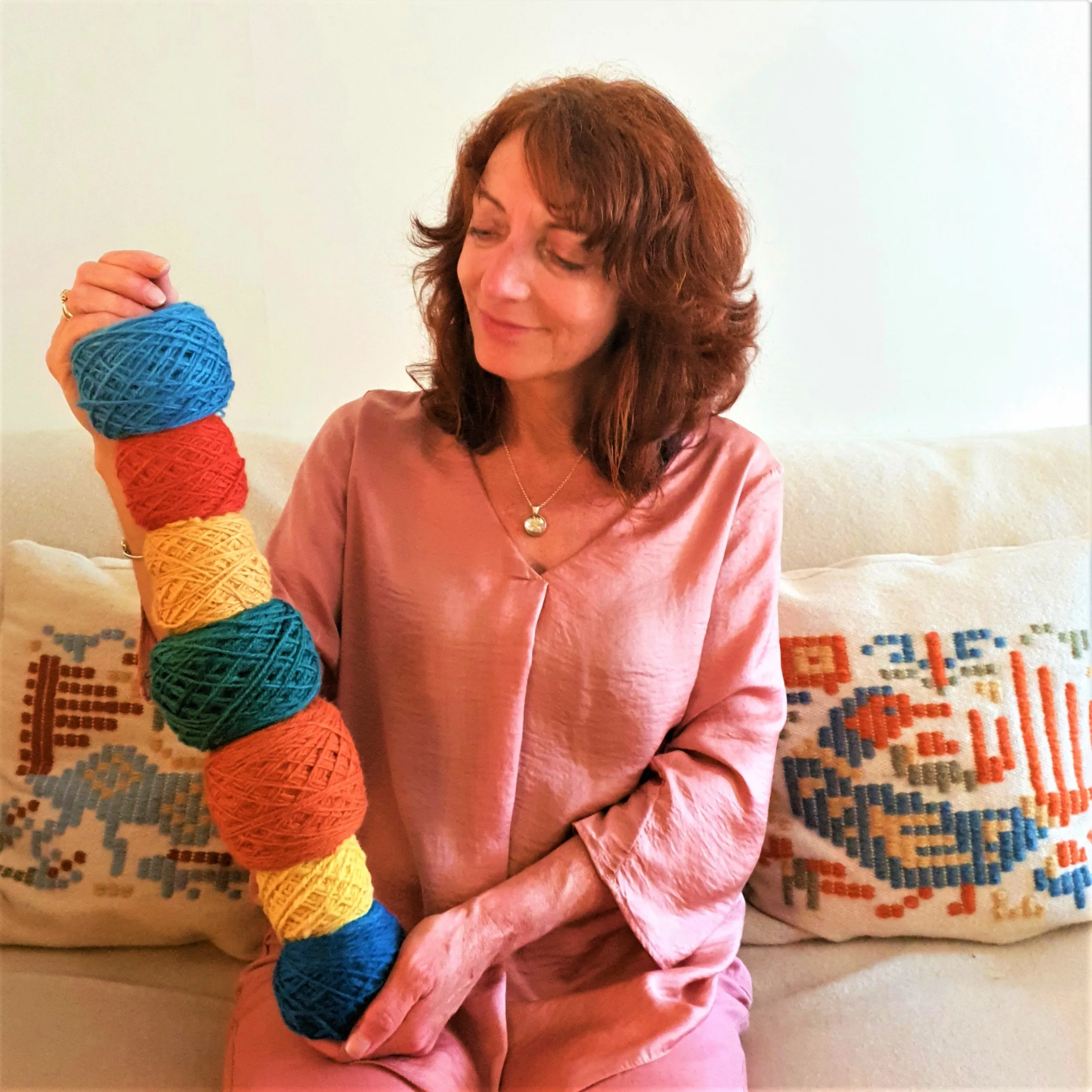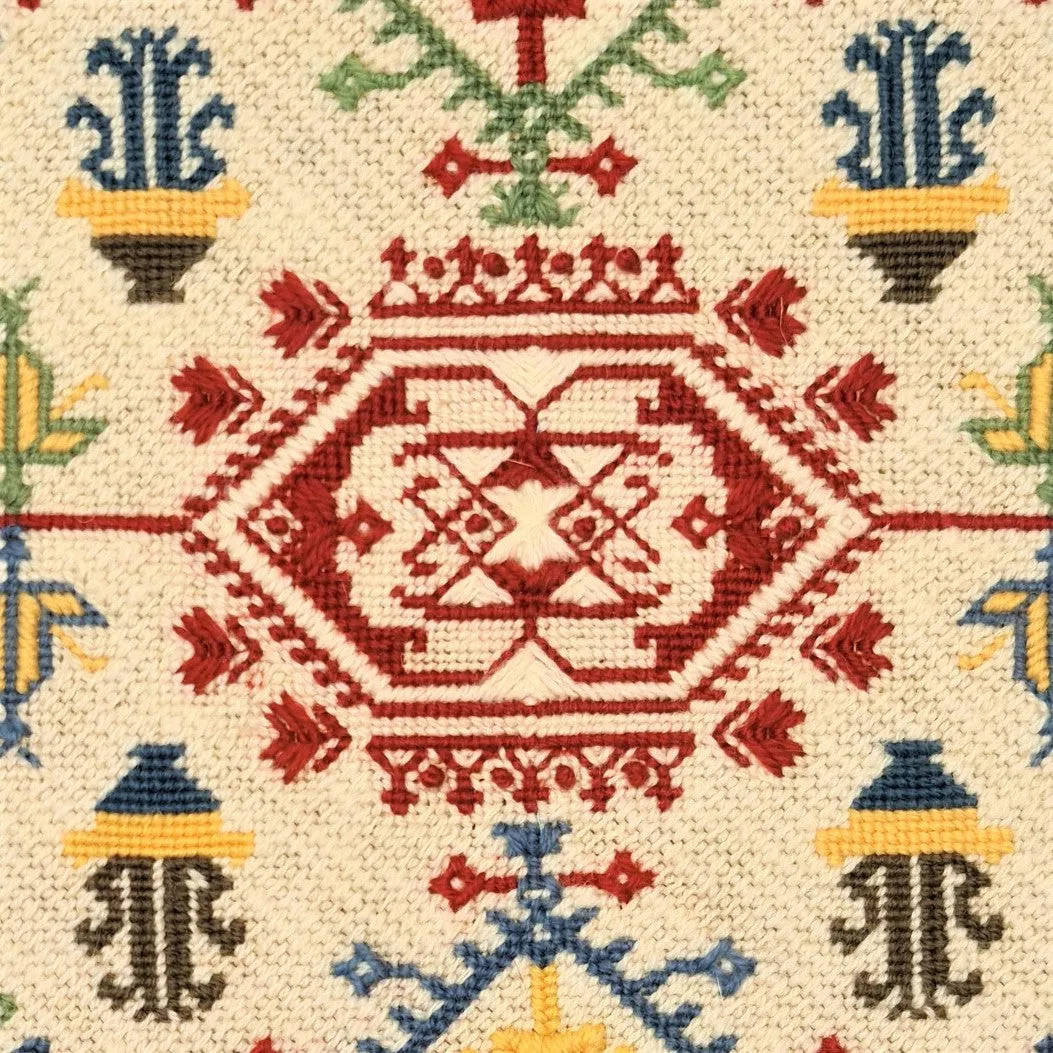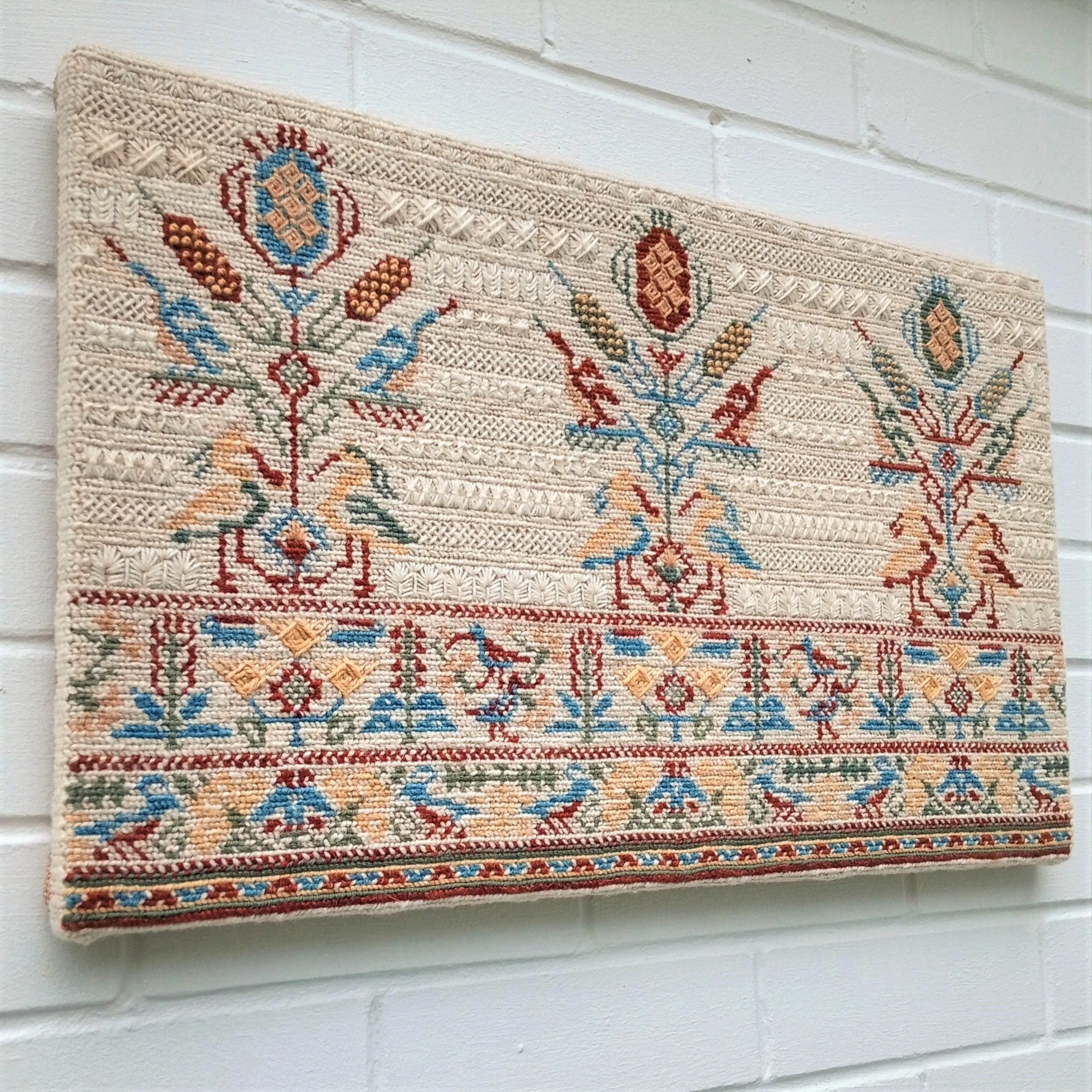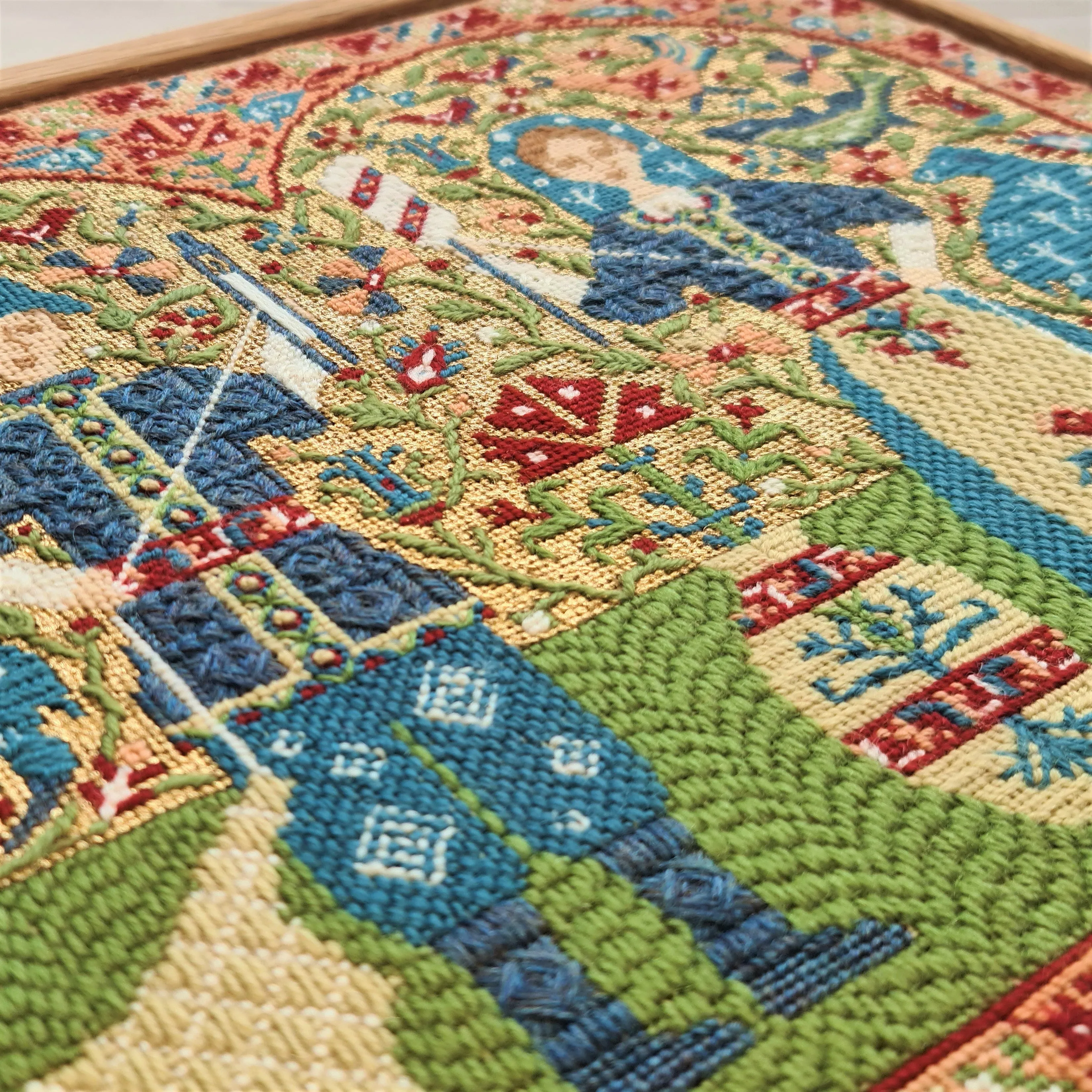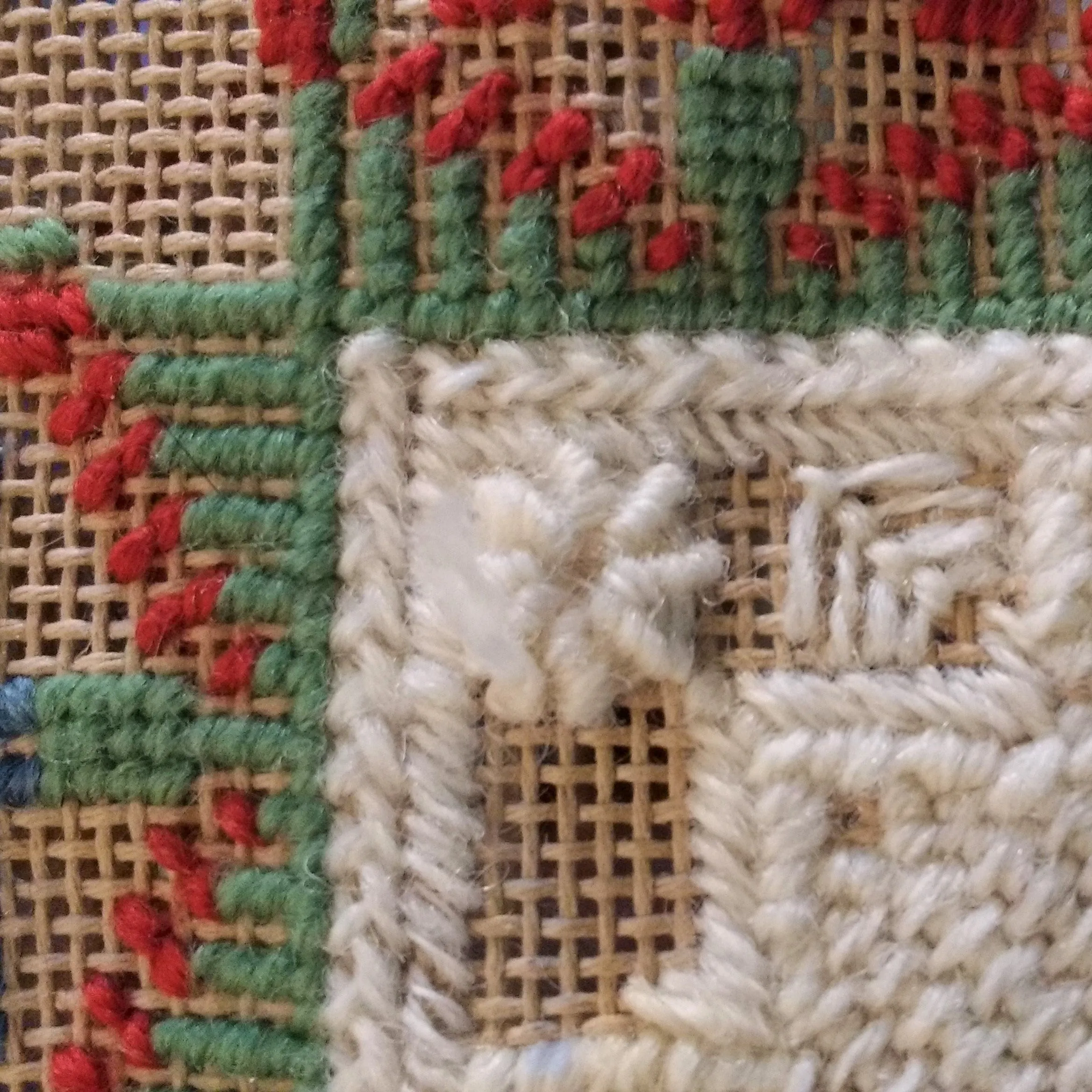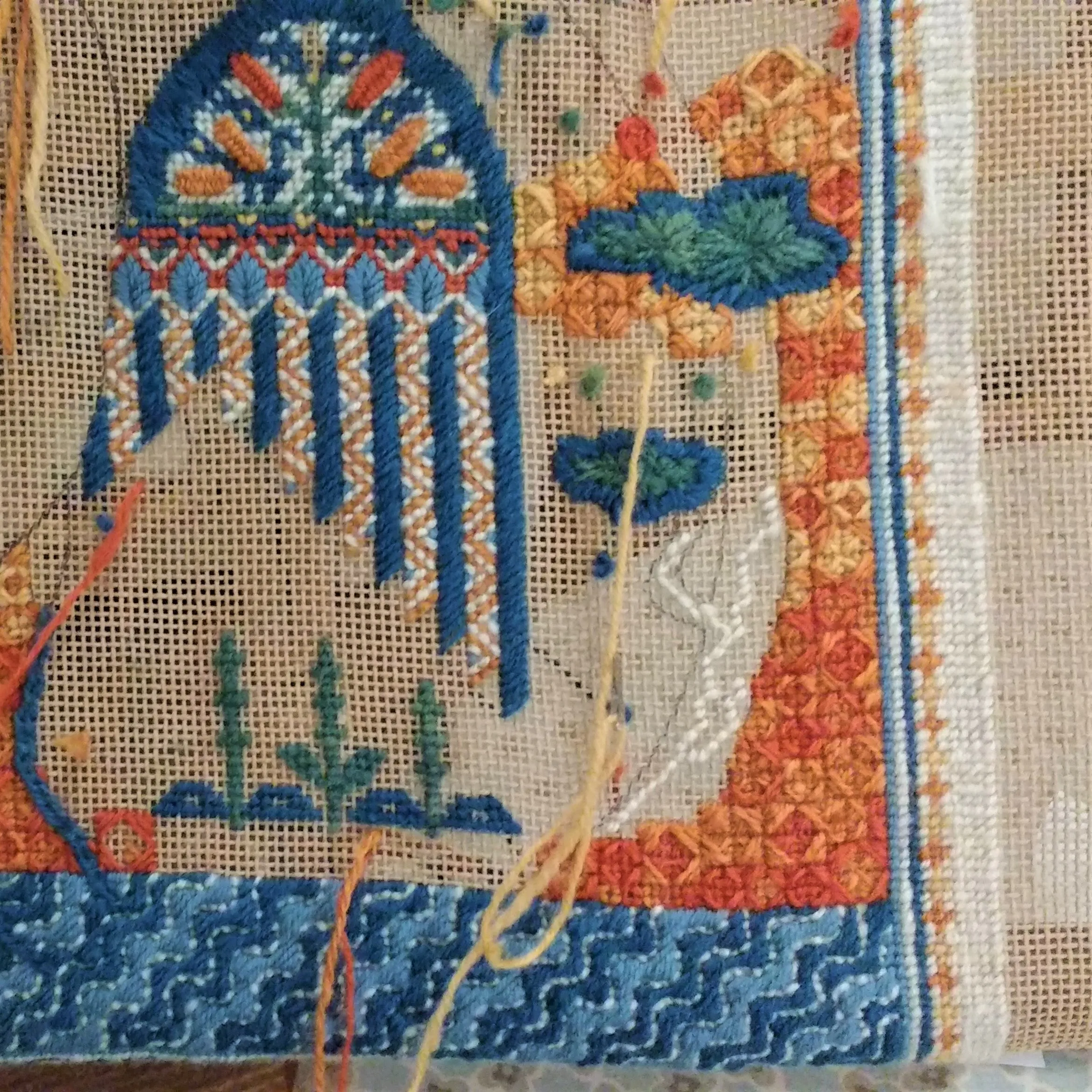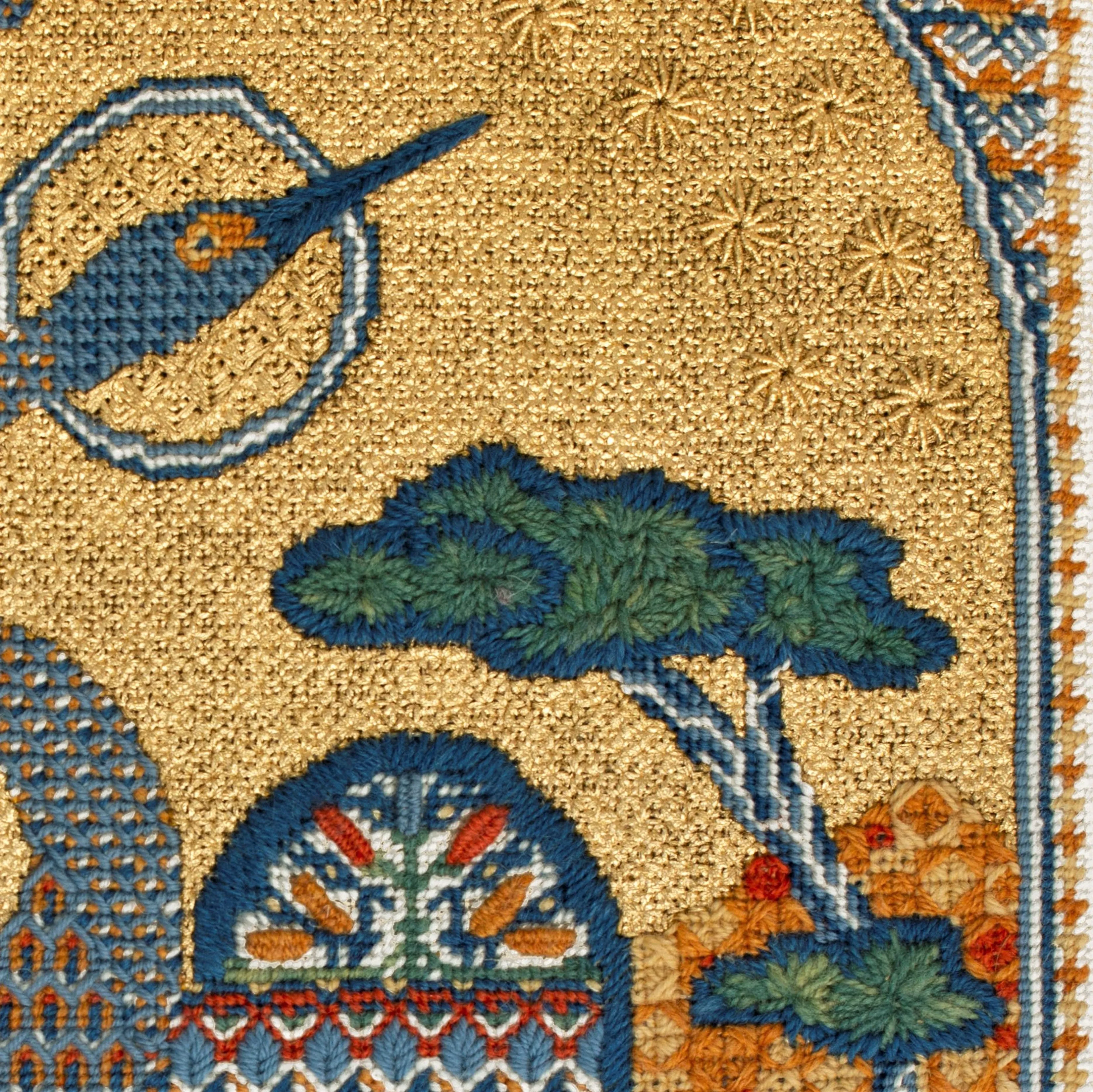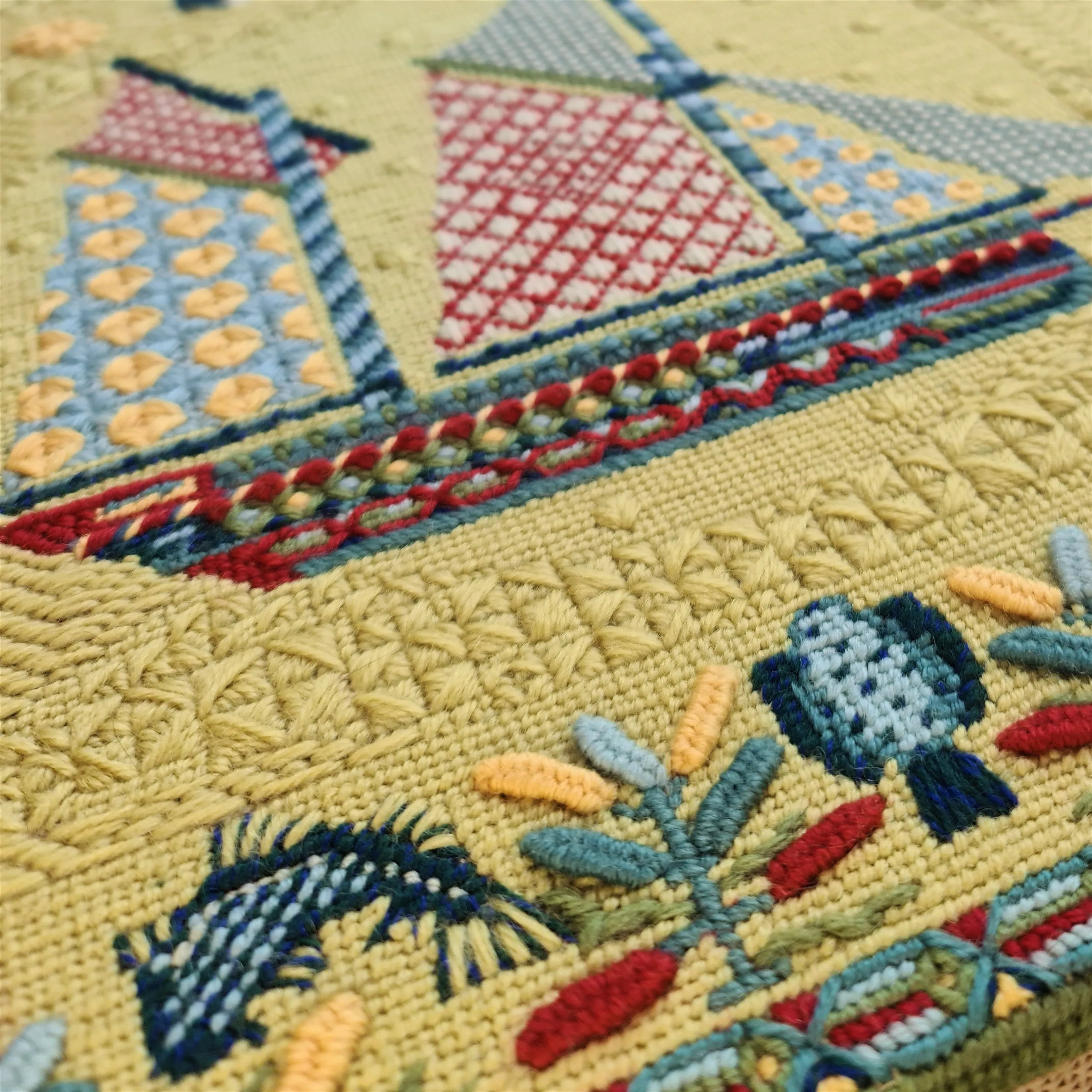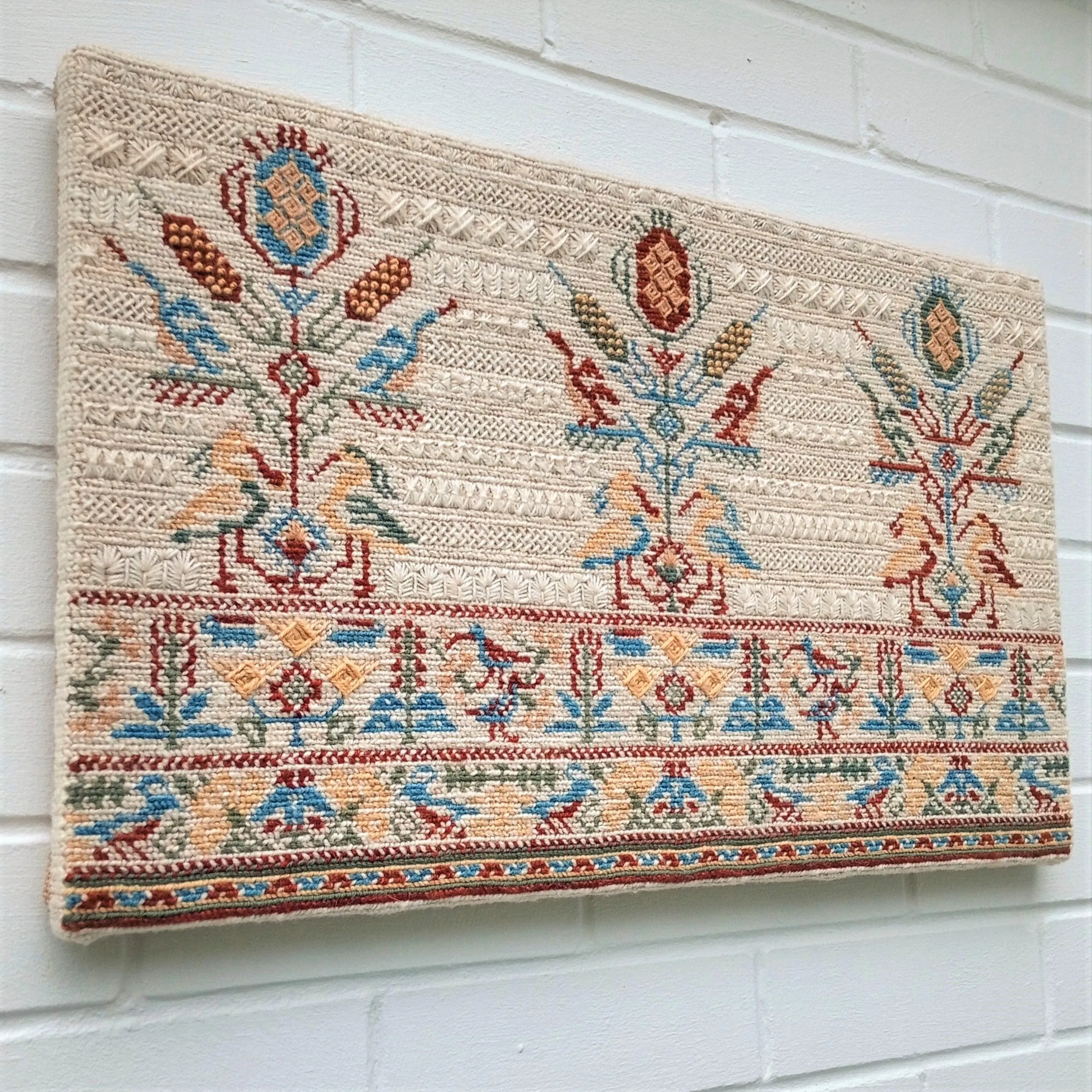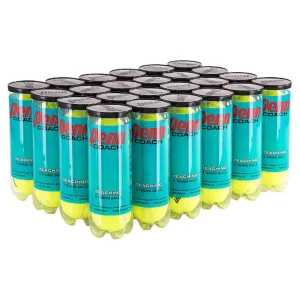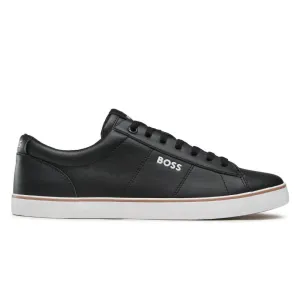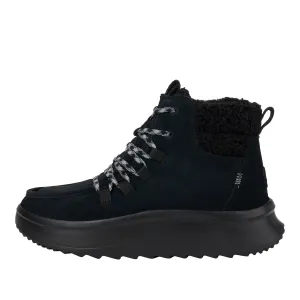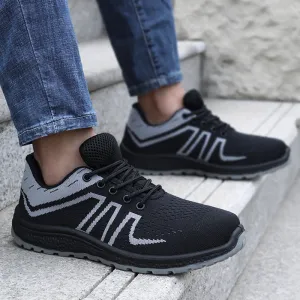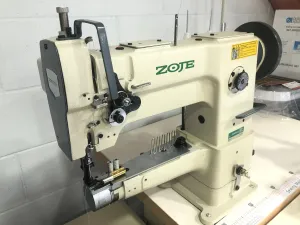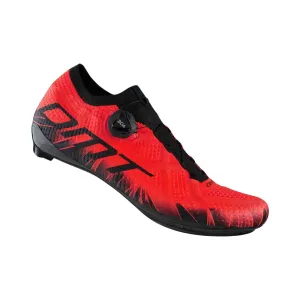Online event, hosted on Zoom by Selvedge Magazine
Somporn Intaraprayong of Somporn’s childhood in Takhli, Thailand, wasn’t easy. One of four children of hardworking parents, she helped the family since she was little, “selling food and other items at the Takhli bus and train stations. It was during the Vietnam War and there was a U.S. air force base in Takhli. Nall wore used clothes from the American G.I.s. That was the beginning of her unusual style. ‘I wore trousers and jeans instead of skirts and my own style of haircut, nothing proper like that of other kids,’ Nall said. Out of necessity and to achieve her own look, she began to sew clothes when she was 12 years old.
Somporn’s ambitions exceeded the family’s means, so they sent her to Singburi to live with an aunt and uncle who wanted a companion to her ill cousin. In return Somporn received a more “city” education but felt like an outcast at school and at home. After graduating high school she enrolled in a secretarial course that was affordable but unsatisfying. So she applied to Ramkhamhaeng University on her own, and got in. Throughout college she worked and also volunteered for every job she could find: she lived in a slum in Bangkok for two years collecting data for an NGO documentary; she went on tour upcountry with an educational puppet show and bought Hill Tribe handicrafts to sell in markets back in Bangkok; she searched out inexpensive fabrics and made clothes and accessories to sell.
After graduating, she took every baht she had and bought a small stall in the Bangkok weekend market. During the week she traveled looking for things to sell on the weekends, and she did well. Her reputation for finding and selling unique, funky, hand-made items, including her own handmade clothes, grew. Her work began to be published in Thai and international magazines. Her reputation as a textile artist grew. That was how she met Vichai Chinalai, a former architect and current antiques and antique textiles dealer. They began to work together, through Chinalai Modern, to promote traditional weaving, dyeing and sewing through sales to the western market for the economic benefit of weavers and seamstresses and their families in Thailand.
Now a fiber artist for over 30 years, Somporn bases her clothing, bags and woven designs on village, Hill Tribe and other ethnic traditions using mostly handwoven and naturally dyed rare or unusual fabric. No bit of cloth is wasted: leftover scraps are transformed into boro style clothing or accessories like adjustable cloth necklaces. Damaged vintage and antique traditional textiles are rescued and repurposed into new clothes and accessories. By teaching women to sew throughout the Thai provinces, Somporn has changed their lives. Girls are seeing traditional ways of doing things in a new light and are proud of their moms for their economic success, which also has led to the children’s opportunities for higher education.
A portion of income from sales goes to support school kids in Somporn’s home town, Takhli. Together, Somporn and Chinalai Modern have built a new school building, supplied computers and educational material and toys, and repaired and restored school grounds and play areas in two elementary schools (one sadly, now shut down). Twice a year they provide free school uniforms, including shoes, through a popup ‘store’ at the school, helping the kids’ families and local business. They give need-based and academic scholarships to the young kids that continue throughout the students’ academic lives.
In 2017 the International Folk Art Market, Santa Fe, NM, USA, invited Somporn to be on a panel to discuss creating global impact through artisanal work. Subsequently Somporn was nominated twice for their Community Service Award. Numerous articles have been written about Somporn in Thai magazines; her face graced the cover of Hole & Corner with photographs and an article inside the magazine; and more was written about Somporn in Selvedge’s very own magazine. She has appeared in Talking Textiles, an annual publication by famous fashion trend forecaster, Lidewij Edelkoort, and was guest artist at Edelkoort’s Heartwear Gallery in Paris, France. She has had two museum shows in Japan and participated in the virtual 2020 Selvedge World Fair. She was honored by being invited to TEXTO in 2019 in Mexico City, and Xtant in Mallorca in 2021. Her work will be shown at an exhibition in Korea starting this September. This year Somporn was declared by the Thai magazine, The Cloud, to be one of 25 most influential Thai women.
Brief outline of talk:
Repurpose: Constructing New Lives by Hand
In this talk, Somporn will focus on her upbringing and how her experiences have impacted her outlook and become embedded in her artwork. Growing up in a poor family, Somporn learned to appreciate and see the value in many things. As part of her experience as a textile artist, she has involved herself in naturally dyed fabric production and weaving as well as learning and teaching herself a number of existing and innovative sewing techniques, so she is well aware of how difficult it is to produce these handmade textiles. Therefore, the scraps from her works are never left behind, but instead are carefully collected and saved. Then, she applies her sewing techniques to join the pieces together and create a new life of clothing with imagination and creativity based on her life history and natural surroundings, and reflecting the value of each and every remnant in her work. She takes worn vintage and antique mostly tribal materials and gives them new life. Ultimately, though, it’s the lives of the seamstresses working with Somporn that have been repurposed and transformed, skills developed, economic status improved, traditions maintained and a deep and abiding sense of pride discovered.
Karen Fullalove
Karen Fullalove embroiders stories. Inspired by her grandmother’s needlework as a child, she studied at the London College of Fashion and explored several textile practices, including clothing design, screen print, and batik, eventually finding her voice in embroidery.
She is passionate about the united language of embroidery that has radiated out, over thousands of years, throughout Europe and the Near East. The ancient Phoenicians brought embroidered cloths (and likely settled) during their trade for tin in Britain over 3500 years ago. Karen is continuing this language. It is a language of power and unity that women have used over centuries to express their individual identity, and, the identity of their family, their homestead, region, and country. Their designs gave them a sense of belonging.
In keeping with the principles of this ancient art form, Karen uses local materials: mainly wool which she prepares, spins, and dyes herself with natural plant materials. Her pictures embrace the styles and sacred symbols known to many cultures. They are inspired by nature and life in Sussex but are relevant to many places. Her techniques are canvas embroidery and weaving which both have a traditional history in Britain.
Brief outline of talk:
Canvas Embroidery
In this talk, Karen will be defining the art of canvas embroidery and delving into its history in England. The practical elements of the craft will be examined: the canvas, yarns, stitches, finishing, and end use. The design phase will be explored, including a discussion of the potential within design and how to break the ‘rules’ to create amazing texture and feeling.
Dr Susan Kay-Williams, Royal School of Needlework, Stitch Bank
The Royal School of Needlework (RSN) is compiling the world’s largest repository of stitches, RSN Stitch Bank, and aims to digitally conserve and preserve every stitch around the globe. Launching in September, the Royal School of Needlework will reveal the first 150 stitches, to kick off the charity’s 150th anniversary celebrations.
RSN Stitch Bank will feature videos, written instructions, illustrations and photographs for each stitch. Stitches range from the well-known, Back Stitch and French Knots, to the more technical, Queen Stitch and Turkey Rug. Rarely used stitches will also be featured, such as Underside Couching and Battlement Couching Trellis.
Every year, stitches are lost as they fall out of use or through general wear and the age of the object. Textiles also continue to be threatened by changes in manufacturing processes and more aggressive issues of war, neglect and destruction.
Dr Susan Kay-Williams, Chief Executive of the Royal School of Needlework will be discussing the RSN Stitch Bank as part of the Eye of the Needle talk:
“RSN Stitch Bank goes to the heart of the Royal School of Needlework’s core purpose. We will be celebrating our 150th anniversary in 2022 and were founded to keep the techniques of hand embroidery alive and, implicitly, all their stitches. We believe it is our responsibility to conserve every stitch digitally so they will be recorded for future generations.”
Enndy Lopez Lopez, Embroidery
Dr Gillian Vogelsang-Eastwood
Dr Gillian Vogelsang-Eastwood is a textile and dress historian who specialises in the history of embroidery and Middle Eastern embroidery in particular. She worked for many years as a textile archaeologist in Egypt and the eastern Mediterranean in general. Dr Vogelsang is the director of the Textile Research Centre (TRC) in Leiden, The Netherlands, an international centre that teaches and studies textile technology and dress and identity throughout the world with no chronological bounds. The TRC Collection currently stands at over 35,000 objects, most of which are accessible on online. The collection includes items from all five continents, which date from prehistory (7,000 years old) to the present day.
Dr. Vogelsang is currently working on an 8-volume encyclopaedia on the history, techniques, types and uses of embroidery throughout the world. The encyclopaedia is published by Bloomsbury, London, and the first two volumes are already available. Many of the items illustrated come from the TRC Collection.
Brief outline of talk:
Lace caps from the Rijnland region, The Netherlands
Lace caps have been a feature of Dutch urban and regional dress for centuries and have developed into many different styles and forms. Some have become clichés, such as the Volendam cap, others are virtually unknown outside of a small circle of costume historians.
The Rijnland cap, for example, was worn in the province of Zuid-Holland, especially along the line of the river Rhine (hence its name). It is especially associated with the area around Leiden and further east.
By the 19th century there were two main types of caps, the lange kap, worn by wealthy women, especially merchant and farmer’s wives, and the korte kap, which was worn by other women. These caps were often worn with an oorijzer, a metal clip that went around the head, and with a wide variety of jewellery. The combination of style of cap and jewellery, told the viewer a lot about the wearer, her social and economic position, religion and whether she was in mourning or not.
In general, the wearing of these caps came to an end in the early 20th century as people started to travel more, communication changed and improved, and with economic downturns such as the Depression of the 1930s.
Monica Boța-Moisin, Fashion Lawyer and Founder of the Cultural Intellectual Property Rights Initiative®
Monica will discuss what legal frameworks apply to Craft & Craftsmanship and how to design artisan-designer collaborations based on equity and knowledge partnership.
Conventional Intellectual Property tools protect creations of the mind that are new and innovative, leaving in the public domain the Traditional Knowledge and Traditional Cultural Expressions which have been transmitted, kept alive and constantly developed by Indigenous peoples, ethnic groups and local communities. In legal terminology this means that crafts and traditional craftsmanship are part of the public domain, being considered res nullius and therefore free for commercialization and exploitation by anyone, anywhere. This systemic inequity has contributed to the crystallization of cultural misappropriation in fashion. This means use of Traditional Cultural Expressions without compensation or benefit-sharing for the source communities and dispossession of their own cultural identities by claiming ownership of traditional designs and cultural aesthetics.
Advocating for a paradigm shift in the fashion industry, this talk brings to the forefront the notions of custodianship, stewardship and guardianship of Indigenous peoples, ethnic groups and local communities in relation to their Traditional Cultural Expressions and proposes a framework for equitable collaborations between fashion and craft stakeholders, based on Consent, Credit and Compensation of the source communities catalysing knowledge partnership between fashion and craft and nurturing cultural sustainability. (The 3Cs' Rule Consent. Credit. Compensation© by the Cultural Intellectual Property Rights Initiative®).
Spinning and weaving have always been traditional activities in the region of Arinos, Brazil. In 2002, the Brazillian organisations Artesol and Sebrae mobilised in the municipalities of Vale do Rio Urucuia to revitalise these activities. Following this reawakening in 2008 Central Veredas was born to legitimise this network as a productive cultural revitalisation. Today it counts more than 120 artisans spread over eight productive centres where they plant, process, and weave their own agroecological cotton, and transform it into beautiful homeware and clothing products. These are traditional handicrafts, using techniques acquired over many years from generations with quality standards. All products are produced with an awareness of ecological impact by exploiting riches and natural and cultural resources in the northwestern region of Minas Gerais, known as Grande Sertão Veredas.
Outline of talk:
Central Veredas
The presentation will introduce the Central Veredas association, its creation, mission and objectives. Ellen will discuss how weaving and spinning traditions started in the region, and will communicate the cultural significance and connection that each Central Veredas piece embodies. The presentation will cover the production process - from the agroecological cotton planting to the final product - emphasising the importance of using natural resources in a respectful way.
Minura Amin and Rachel MacHenry of Munira Amin has more than two decades of experience working with traditional artisan communities. She has worked on numerous Social Design projects, and developed craft-based product ranges both for regional and global markets.
Munia is a graduate in product design from the National College of Arts, Pakistan, a former faculty member at the Pakistan Design Institute, and a founding member of Design Collective, Karachi. She is now based in Toronto.
Rachel MacHenry collaborates with artisan communities, working to sustain traditional skills and researching bio-regional materials such as plant dyes and local fibres. She creates craft-based collections, and is currently involved with a natural dye research project in central India producing naturally dyed materials for designers and makers, as well as supporting the work of 7Weaves, a biodiversity-focused Eri silk initiative in Assam, India.
Rachel is a graduate of Central St Martin’s, University of the Arts, London, UK. A former Studio Head/Textiles at Sheridan College, she now teaches at OCAD University, Toronto. Her work is in the permanent collections of the Victoria & Albert Museum, London, as well as the Royal Ontario Museum in Toronto.
5 years ago Munira and Rachel brought together their many years of experience in working with artisan communities to start Handwork Studio. The studio operates at the intersection of craft, commerce, research and design, mobilising high levels of skill and tradition to sustain local communities while re-contextualising traditional artisan techniques within a contemporary design aesthetic. They work with organisations governments to support craft communities, and also produces our own collections in collaboration with artisans with a focus on sustainability and the preservation of local knowledge systems and craft practices.
Outline of talk:
Handwork Studio
Munira and Rachel will describe the lime-resist block printing process that they use to create their line of modern, naturally-dyed Indigo textiles. They will look at the connections between craft and culture, and will examine the deep relationship between people and land in the region of Sindh, Pakistan where they work with traditional Ajrak artisans.
Youssef Tlemcani of Anou is a community of artisans working together to reshape Morocco's artisan economy so that it works for them rather than against them. Anou created Morocco's only artisan owned and artisan managed e-commerce platform that uses technology to enable marginalised artisans to sell directly to their customers around the world. Its work has been recognised as one of the most socially impactful projects in the Middle East and North Africa region by .
Outline of talk:
Crafts of Morocco
Youssef will share how Anou's collaborative model supports their success. Representing the craftspeople of the Anou, Youssef will speak about what inspired Anou to be set-up and how they support craft in Morocco.
Anne Schneider of Nata Y Limón is a social impact design label that partners with skilled female Mayan weavers in Guatemala to develop hand-woven premium fabrics for interior and fashion. By setting new standards within the artisan & craft industry and transforming the art of weaving into a stable source of income, Nata Y Limón aims to create a long-lasting positive impact for indigenous women, their families, and generations to come.
Nata Y Limón, has been involved in the production and trade of handmade textile products from Guatemala for 5 years. Their experience has shown that with the current craft standards, it is not possible to empower and uplift artisans living in poverty sufficiently and sustainably. 'Creating work' alone is not enough. There needs to be a fundamental structural change in the sector.
Outline of talk:
Decolonising Craft
This talk aims to highlight selected challenges within the Guatemalan craft sector, to present possible solutions for an improved standard and to start a global discussion. The presentation has been created for businesses from the international craft sector that want to rethink and develop their relationships and processes with artisans. At the same time, the talk is aimed at buyers of international craft products, who will receive useful information for their consumption decisions.

 Cart(
Cart(